1
In this reflective essay I am going to elaborate some of my thinking about teaching and learning at the convergence of intercultural competence and sustainability.
My approach to the College-Wide Learning Outcomes (CWLOs) is perhaps best defined as an orientation. This orientation is grounded in my interdisciplinary and multidisciplinary practice in the classroom. Most recently, in the spring of 2020, I co-taught Sustainable Wildlife Management with Scott Semmens, an educator, skilled wildlife tracker, and adjunct faculty member in Environmental Studies.
In a blog post about the class, I described how we designed the course using the Sustainable Development Goals (SDGs). These goals allowed us to enact convergences between two of Keene State’s college-wide learning outcomes: Intercultural Competence and Sustainability.
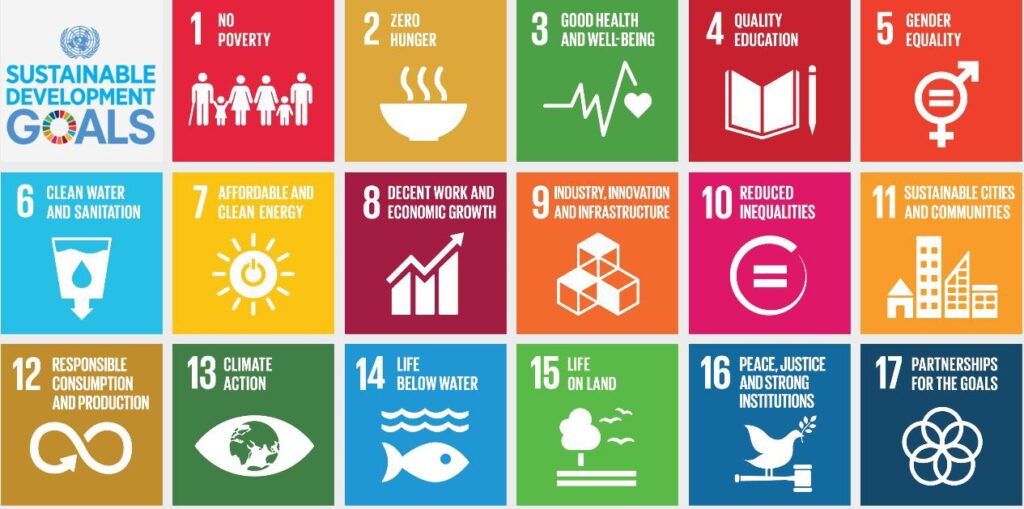
The SDGs offered us a framework for engaging students with intercultural competence and sustainability—that is, working with others around the world who are working to end poverty, fight inequality & injustice, and protect the planet. We were planning to travel with the students to the terai arc, the lowlands of Nepal, after all, to work with local communities and the Nepal Tiger Trust tracking tigers in the buffer zones around Chitwan National Park. Our goals for the students, to call on the language of the CWLOs, was to reflect “critically on their own culture and on the intersectionality of culture and social location” and to demonstrate “knowledge of a diversity of cultures,” and to explore “their place in interconnected natural and human systems” and evaluate “the personal, social, and environmental impacts of their choices.”
One of the ways we worked toward these goals was through a collaborative writing project. At the time, I was enrolled in a course hosted jointly by Keene State and Wiki Education. The project began with students enrolling in a Wikipedia community dedicated to contributing content to the encyclopedia and collaborating with others dedicated to improving the online information. Scott and I decided that we would focus student work on WikiProject Nepal and Wikipedia’s coverage of Nepal related topics. This work would involve students with Wikipedians in Nepal as well as around the world.
2
This year, I continued to work at the convergence of Intercultural Competence and Sustainability. But the convergence of Intercultural Competence and Sustainability, I began to realize, had deeper roots. As I prepared to teach my cross-listed class in English and Environmental Studies, Writing in an Endangered World, I found myself thinking about what I had learned during a 2008 sabbatical in India––from undergraduates, graduate students, and faculty colleagues at colleges and universities––about the distinctive ecological history of the subcontinent.
Years earlier, during my junior year at Ithaca College, I had researched and wrote a family history of my Norwegian ancestors in an ethnic history course that introduced me to the field of environmental history. This experience then led me to design an independent study on environmental history with a historian at the college. The reading list I compiled included Roderick Nash, Wilderness and the American Mind (1967), Donald Worster, Nature’s Economy: A History of Ecological Ideas (1977), William Cronon, Changes in the Land: Indians, Colonists, and the Ecology of New England (1983), among other works.
What has stayed with me, though, was an essay on my reading list by the Indian historian Ramanchandra Guha that had recently been published in the journal Environmental Ethics, “Radical American Environmentalism: a Third World Critique.” Guha’s argument proved to be another formative moment in my intellectual development. Guha unsettled my ethnocentric perspective on environmental ideas in North America. In fact, when students become interested in the complexities of this comparative history of ideas I recommend Guha’s essay––as well as his thinking in the collection How Much Should a Person Consume? Environmentalism in India and the United States (2006).
During our stay in India, in 2008–09, I was invited to lecture to students studying English Literature as well as Zoology. When I returned to India to present a keynote address at an international conference in 2015, I was also invited to sit on a panel that included a fisheries biologist, a solid-waste engineer, and a community activist. Once again, I was coming back to Guha’s insight that environmentalism in many countries outside of the United States was principally a question of social justice.
This dimension of environmentalism was underscored for me as the chair of a book awards committee, too. One of the books we considered was written by Rob Nixon, Slow Violence and the Environmentalism of the Poor (2011). The book brought together thinking in environmental and postcolonial studies. His phrase “slow violence” described environmental problems, especially those that had disproportionately harmed the poor, reinforced what I had learned from Guha and others. At the award ceremony for Rob, at our biennial conference at the University of Kansas, I remember him describing his indebtedness to one of his mentors, Edward Said, who demonstrated for him what the humanities are, and who helped him to see his work as a portal that might help to break with the past and imagine the world anew.
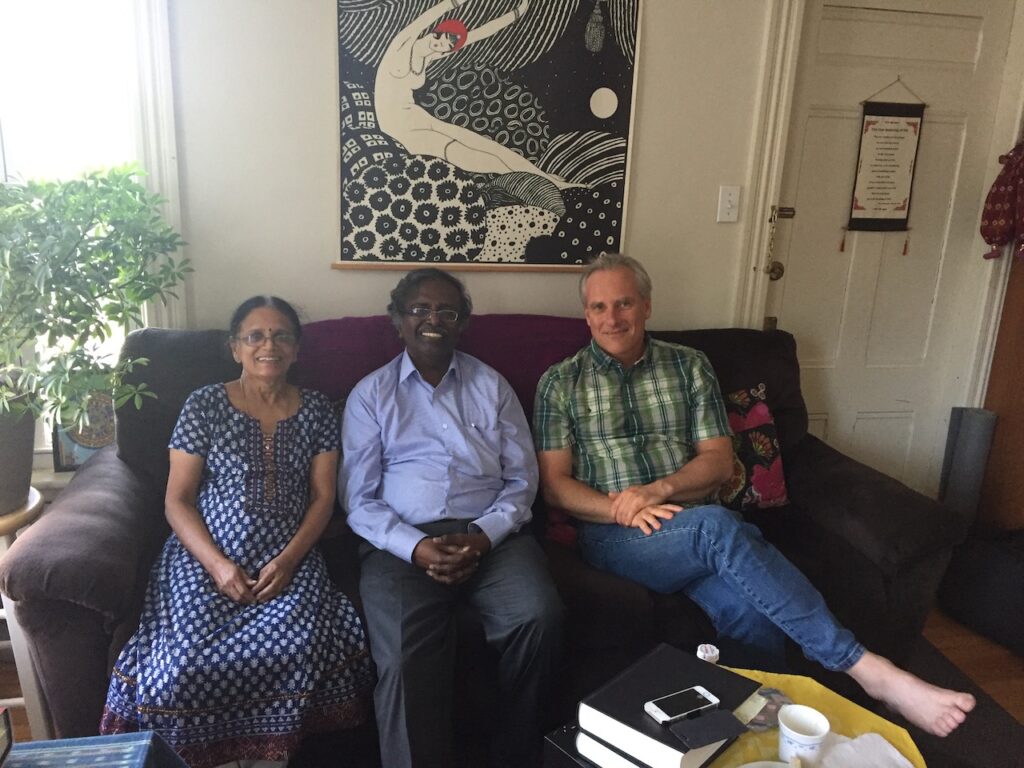
Reading Slow Violence and the Environmentalism of the Poor reinforced my conviction that students deserved to understand the culturally specific ways environmental writing and environmentalism developed in the United States during the twentieth century. This understanding would be informed by my own reading of Juan Martínez Alier’s 2005 The Environmentalism of the Poor: A Study of Ecological Conflicts and Valuation as well. For Alier and Guha make available the strengths as well as the limitations of the distinction between the anthropocentric and biocentric that determine the thinking of deep ecologists and environmental activists, and that constituted the ways many of them thought about the human and more-than-human world. The argument is that the discourse of North American environmentalism that grew out of the conservation movement was not especially useful in forming an understanding of the social dynamics of ecological degradation—whether in the US or in other countries.
In Writing in an Endangered World, when we are talking our way through Rachel Carson’s Silent Spring, I mention Rob Nixon’s book and point out that he discusses Carson and Guha. We also draw on the terms and concepts in this body of intellectual work: “the environmentalism of the poor,” “ecosystem people,” “omnivores,” and “socioenvironmentalism, all terms in the multi-disciplinary thinking of Guha and his collaborators in the fields of sociology, comparative environmental history, and ecology. At the same time, Nixon points to Carson as a writer, reminding his readers that her contributions to public discourse “helped hasten the shift from a conservationist ideology to the more socioenvironmental outlook that has proven so enabling for environmental justice movements” (xi). As I explain to my students, this comment resonates for me. For when I was invited by a well-known ornithologist to speak about Rachel Carson in a community event in Pune, India, it seemed everyone in the packed auditorium had read Silent Spring.
3
For a Teaching Fellows project this spring once again I turned to the UN Sustainability Goals. For over a decade, I have been teaching Writing in an Endangered World, a cross-listed course I designed to bring together students in the sciences and the humanities. A survey of environmental writing focused on the relationship of literature to the social movement of environmentalism in the United States since 1960, the course is a useful learning experience for college students in the sciences—whose studies tend to focus less on history, representation, and culture—and for students in the humanities—who, while familiar with the study of the meaning and value of human experience, have fewer opportunities to engage with scientific writing and ecological thinking.
One of the primary learning goals in this class is for students to use the factual, policy, and value claims of environmentalism as a framework for considering how writers (and writer-activists) foster reflection and transformation of personal (and social) assumptions, attitudes, beliefs, and behavior. The writers we study in the post-war period are grappling with the audacity of human ignorance and indifference—to the slow violence of environmental catastrophe. The questions these writers raise include the fact that the the world to which we belong doesn’t come with disciplinary boundaries—and, in fact, academic disciplines, as currently constituted, may be limited in their efficacy to resolve the social and environmental problems facing us as we move deeper into the twenty-first century. What “discipline,” after all, can address the interrelated problems and urgencies of environmental degradation, inequality, and equity?
The pedagogical challenge of teaching at the convergence of Intercultural Competence and Sustainability runs squarely into this problem. For many students have determined that their gifts and aptitudes, their understanding of themselves and the world, are to be explored in disciplinary contexts that, I am convinced, constrain creative and critical explorations in other domains of knowledge and ways of knowing. The convergence of Intercultural Competence and Sustainability, using the UN Sustainability Goals, then, unsettles students as they encounter and struggle with the literary and cultural inheritance of environmental thinking. They are unsettled, in the best way, by the recognition that environmental literacy, indigenous ways of knowing, as well as ecological and/or systems thinking, are not disciplinary in nature. Hence while specialized knowledge is necessary, it can also be the problem, as students learn, in reading Rachel Carson in the 1960s and 1970s, Wendell Berry in the 1970s, or Barry Lopez and Gary Snyder in the 1990s.
At the same time, the comparative cultural framework and perspective provided by Guha in Environmentalism: A Global History (2000) connects a concern with the well-being of humanity to the future of the planet. The concept of interconnectedness, students learn, is an invitation to ground our ways of thinking in the past and current asymmetries in the relationship between the Global North and the Global South, as well as the necessary and ongoing work of considering both the history and present state of the biosphere and ethnosphere.
4
The UN Sustainable Development goals give me a pedagogical framework for engaging students at the convergence of intercultural competence and sustainability. What I can now see is that the learning objectives of the SDGs align with our college-wide sustainability outcome.
Keene State College students will explore their place in interconnected natural and human systems; evaluate the personal, social, and environmental impacts of their choices; and apply their knowledge and skills for building a just, resilient, and thriving world. (my emphasis)
Three professors—trained in English, education, and geography/environmental studies—along with the group of dedicated students and faculty who then then shaped the final version of the sustainability outcome—came up with this language that moves in a more holistic (college-wide) domain—importantly, both within and beyond disciplines, schools, and the academic program.
Using the CWLOs more explicitly, and thinking about the necessary and urgent work of college-wide teaching and learning, has helped me to enact the SDG learning objectives described in cognitive, socio-emotional and behavioral domains. In their words,
The cognitive domain comprises knowledge and thinking skills necessary to better understand the SDG and the challenges in achieving it. The socio-emotional domain includes social skills that enable learners to collaborate, negotiate and communicate to promote the SDGs as well as self-reflection skills, values, attitudes and motivations that enable learners to develop themselves. The behavioral domain describes action competencies.
The SDGs have helped to make the CWLOs more tangible, and more accessible for students as they read, think, and write with the literary contributions of minds less fettered by ever-more specialized knowledge that, while valuable and necessary, can limit how we might think about the inequalities both within and among countries around the world. The books, essays, and poems we read in my class, in fact, to quote from the SDGs, are all uncommonly dedicated to what the writer Wendell Berry calls “the practical intricacies of collaboration.” Such collaborations take place in the work to “protect, restore and promote sustainable use of terrestrial ecosystems, sustainably manage forests, combat desertification, and halt and reverse land degradation and halt biodiversity loss” and at the same time to “promote peaceful and inclusive societies for sustainable development, provide access to justice for all and build effective, accountable and inclusive institutions at all levels.”
But to do this work requires us to do more, as Berry suggests in his 1977 book of essays that we read in the course, The Unsettling of America: Culture and Agriculture. “The good of the whole of Creation, the world and all its creatures together,” Berry writes, “is never a consideration because it is never thought of; our culture now simply lacks the means for thinking it” (22). The SDGs provide one means for thinking holistically (and ecologically):
No Poverty. Zero Hunger. Good Health and Well-Being. Quality Education. Gender Equality. Clean Water and Sanitation. Affordable and Clean Energy. Decent Work and Economic Growth. Industry, Innovation and Infrastructure. Reduced Inequalities. Sustainable Cities and Communities. Responsible Consumption and Production. Climate Action. Life below Water. Life on Land. Peace, Justice and Strong Institutions.
Might these SDGs provide a holistic framework for teaching and learning in the twenty-first century—a way to work together at the convergence of Intercultural Competence and Sustainability?


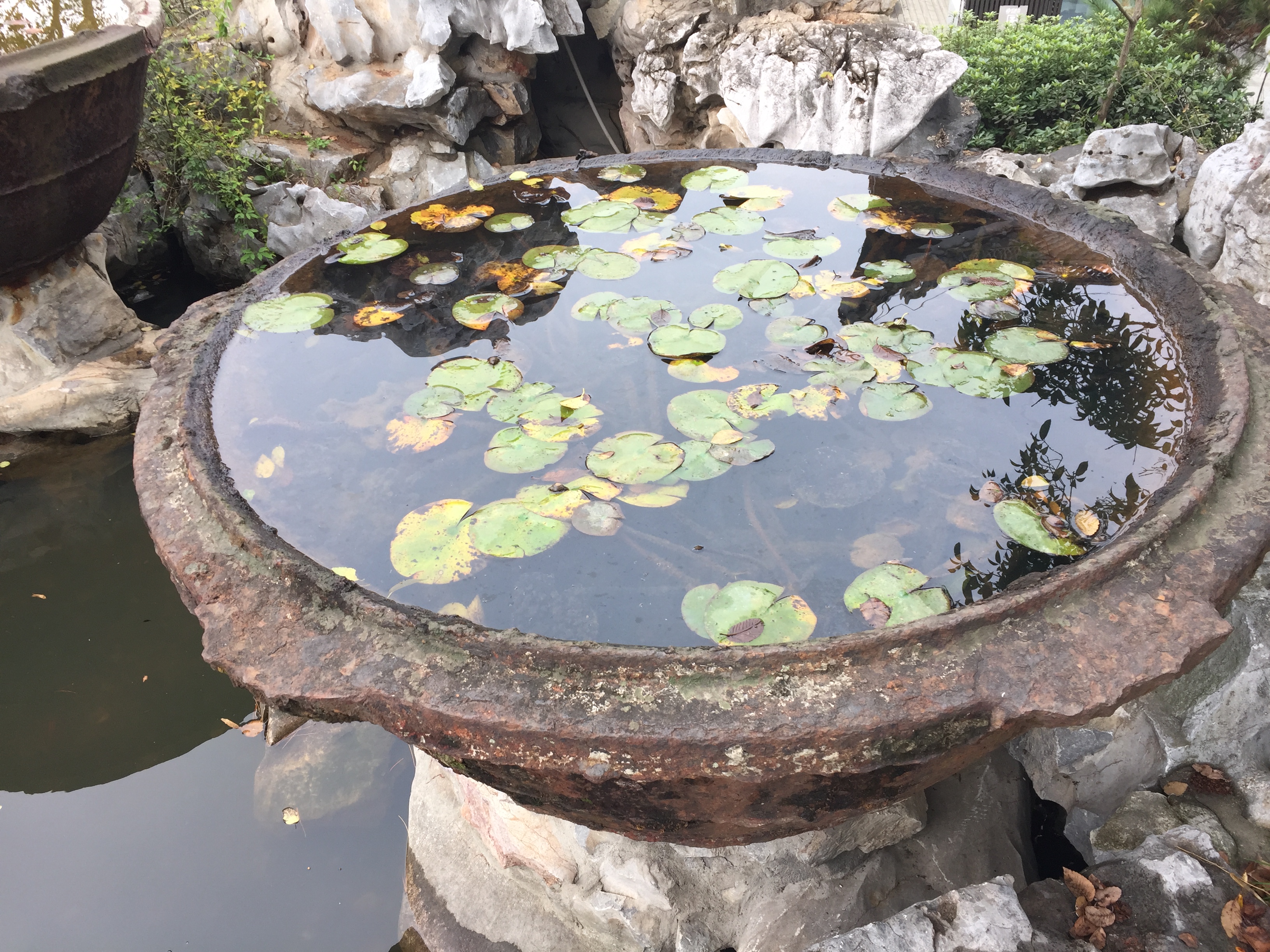


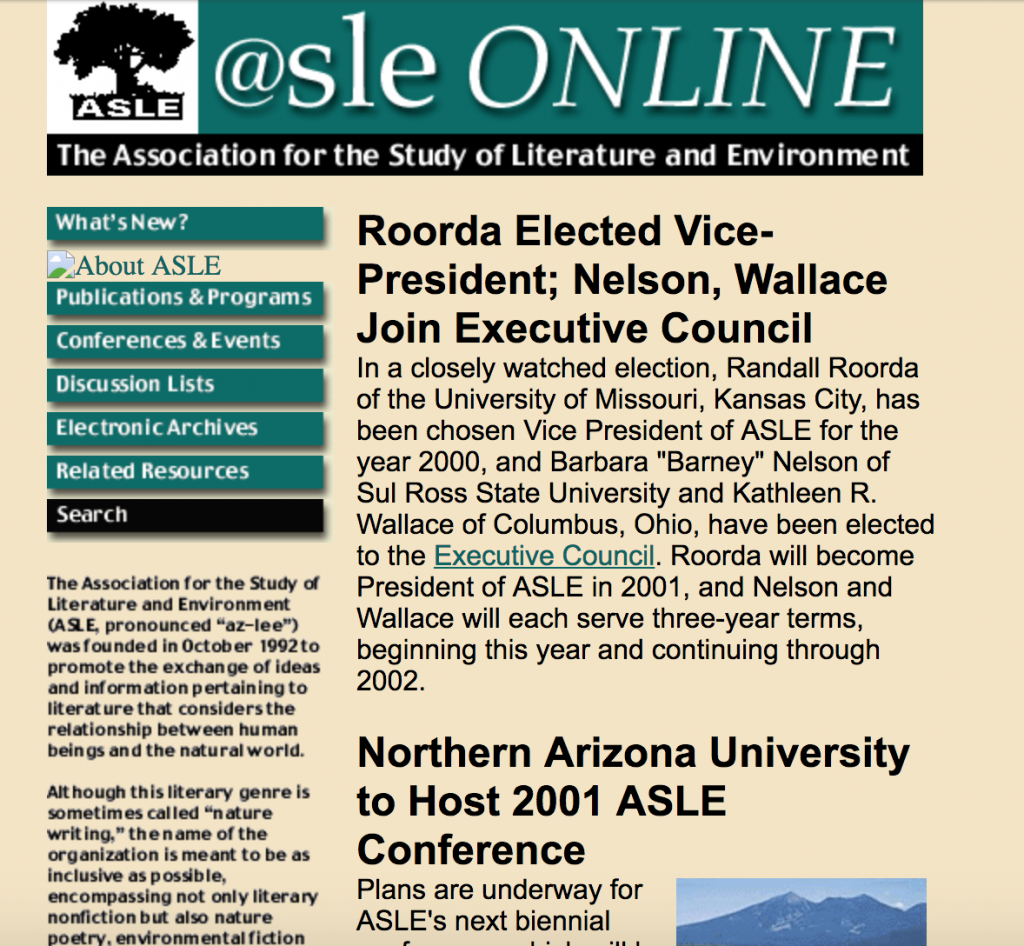


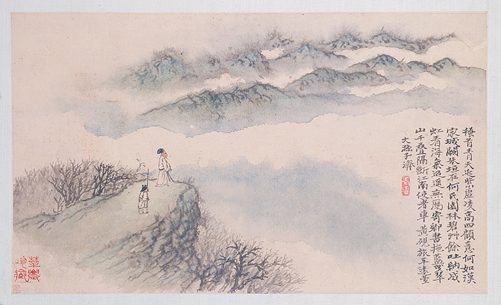


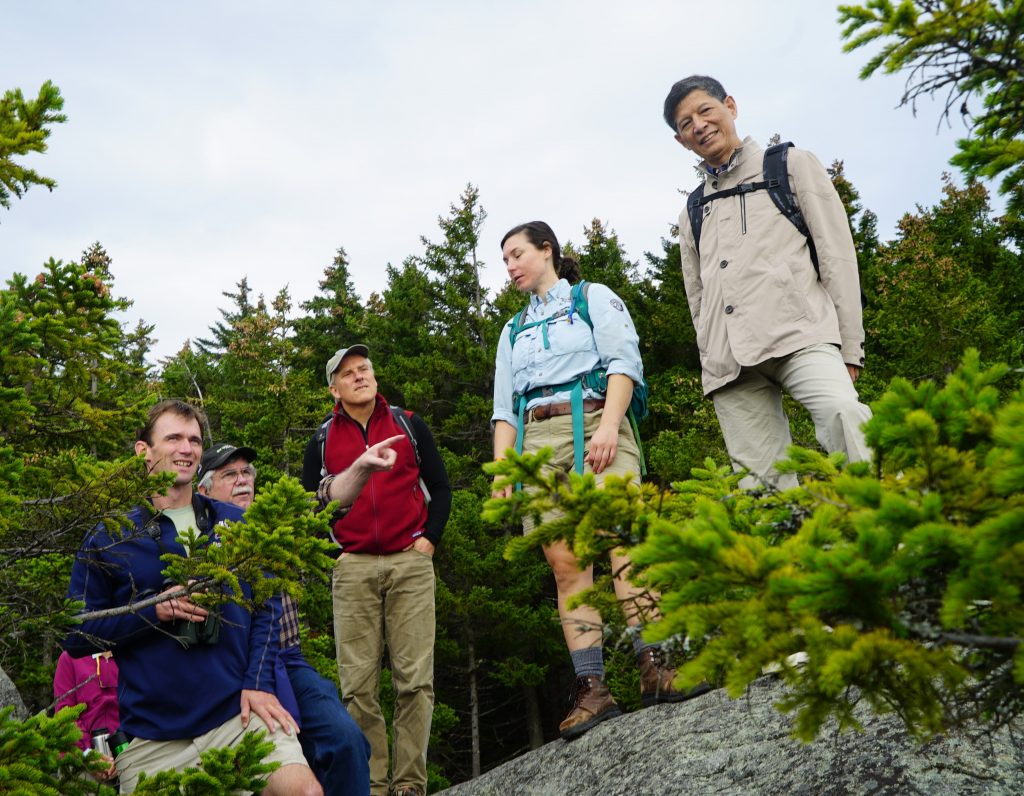
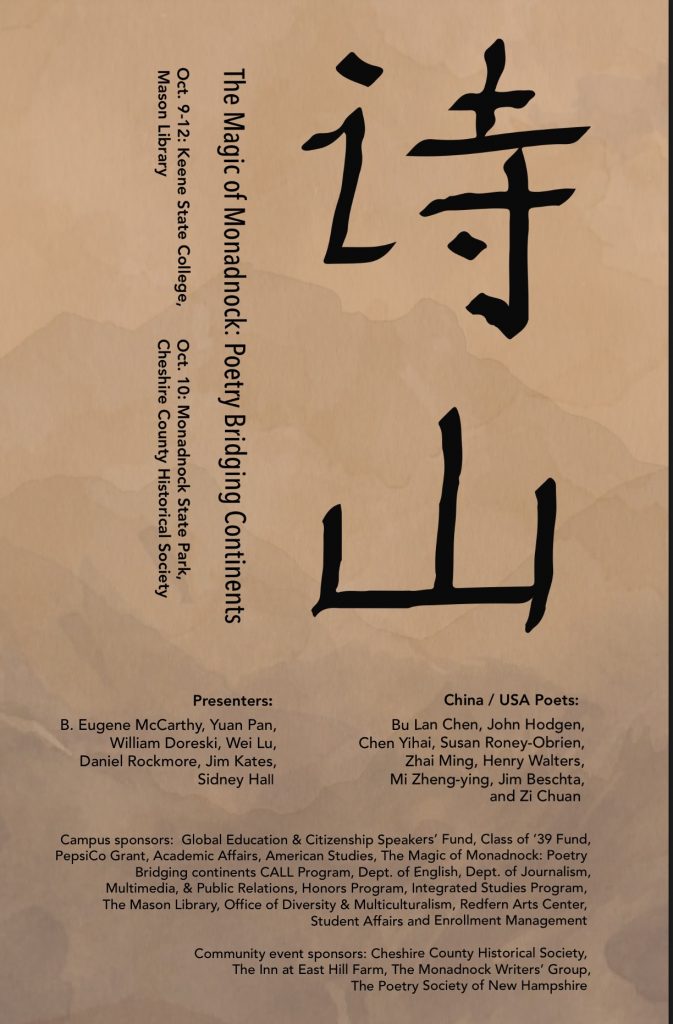
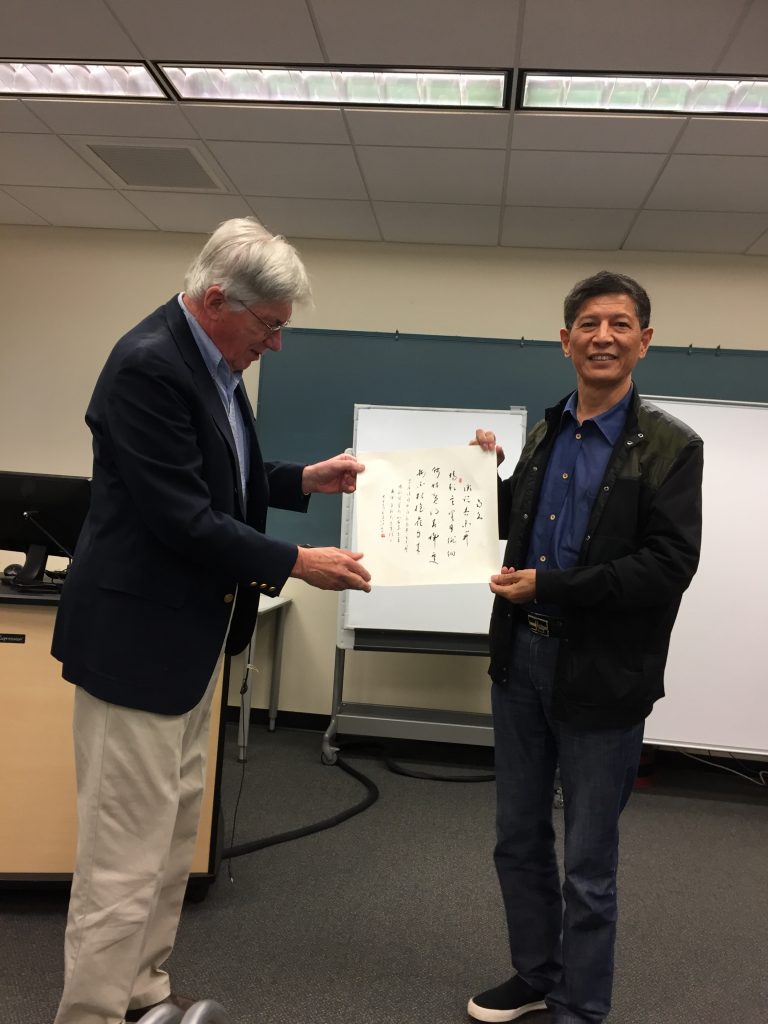
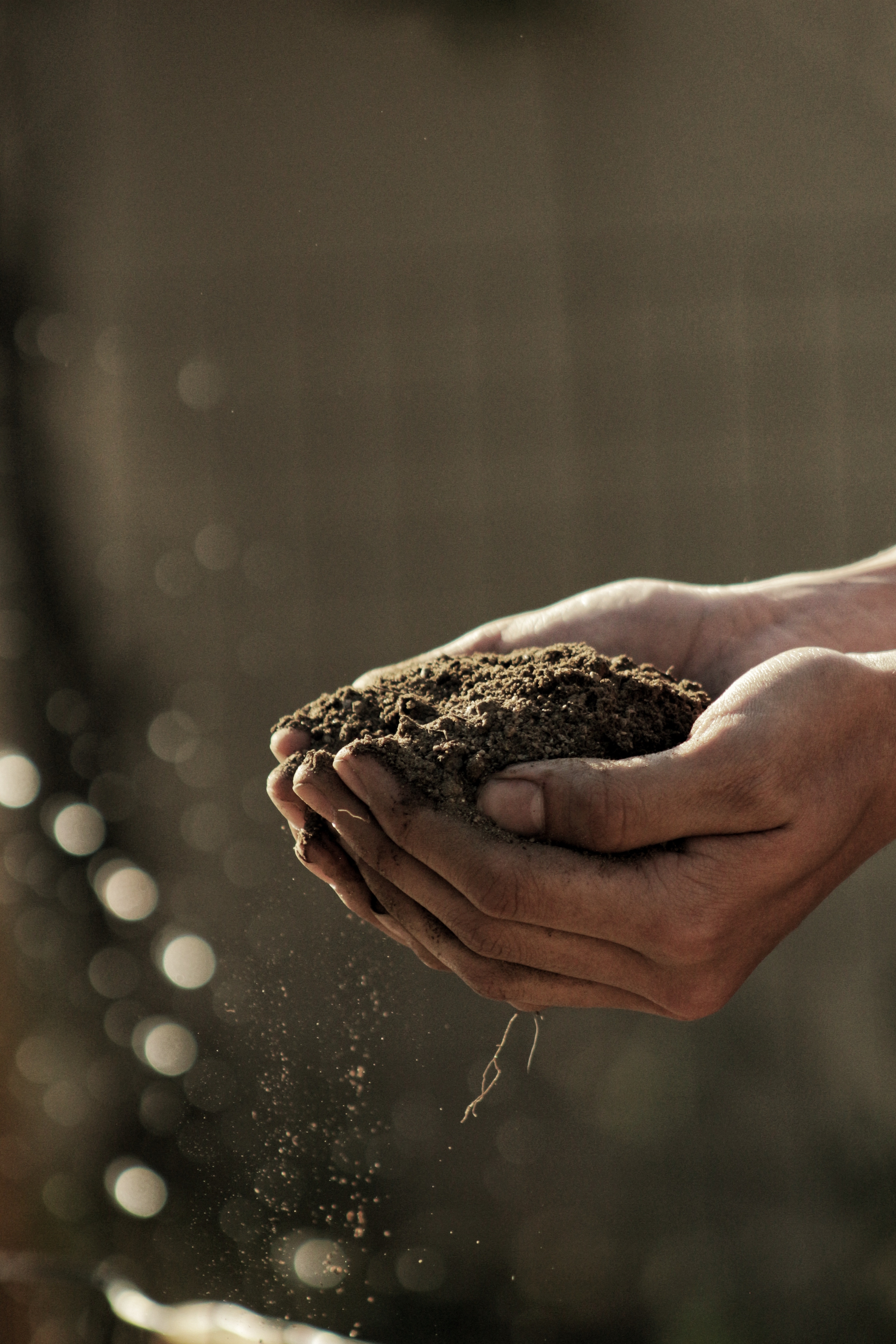
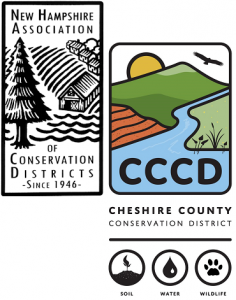
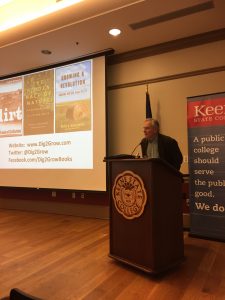
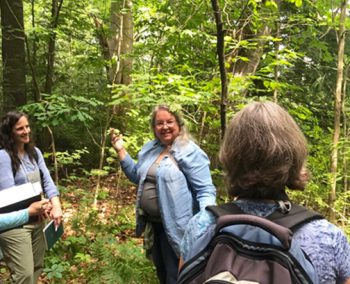

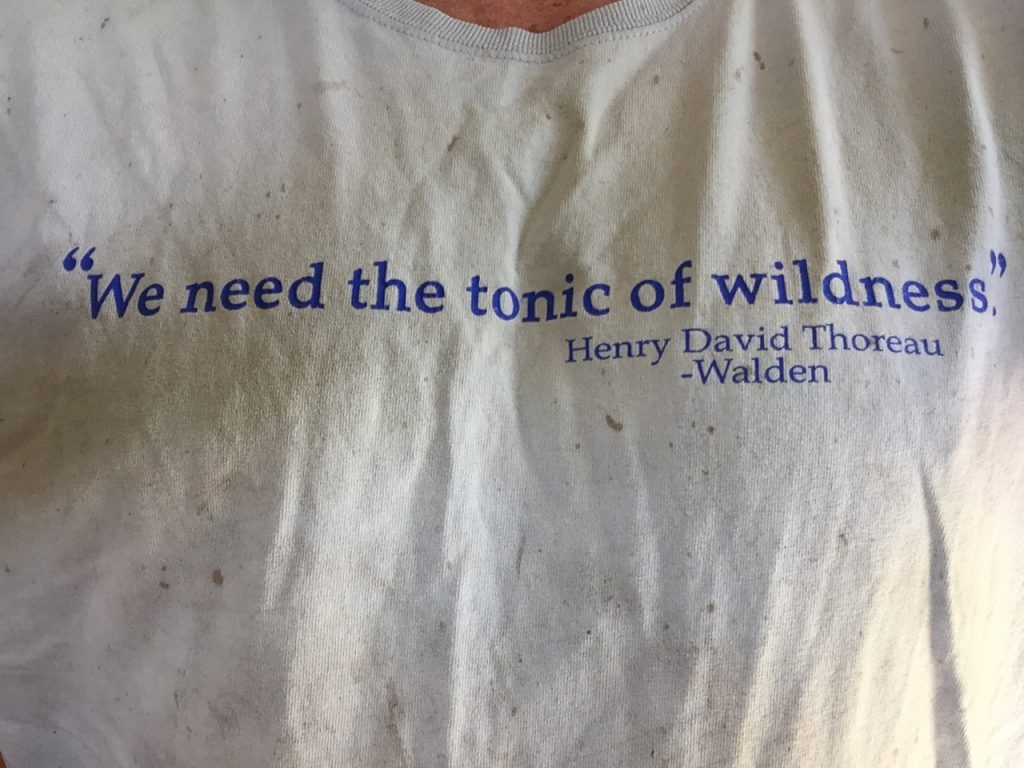
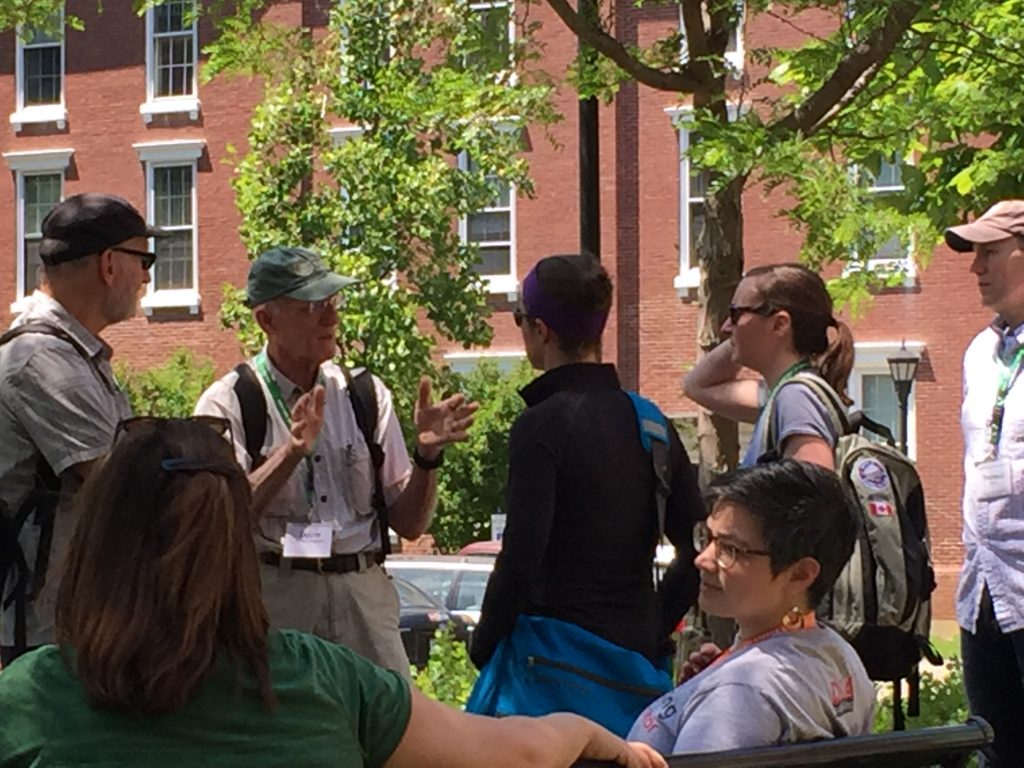
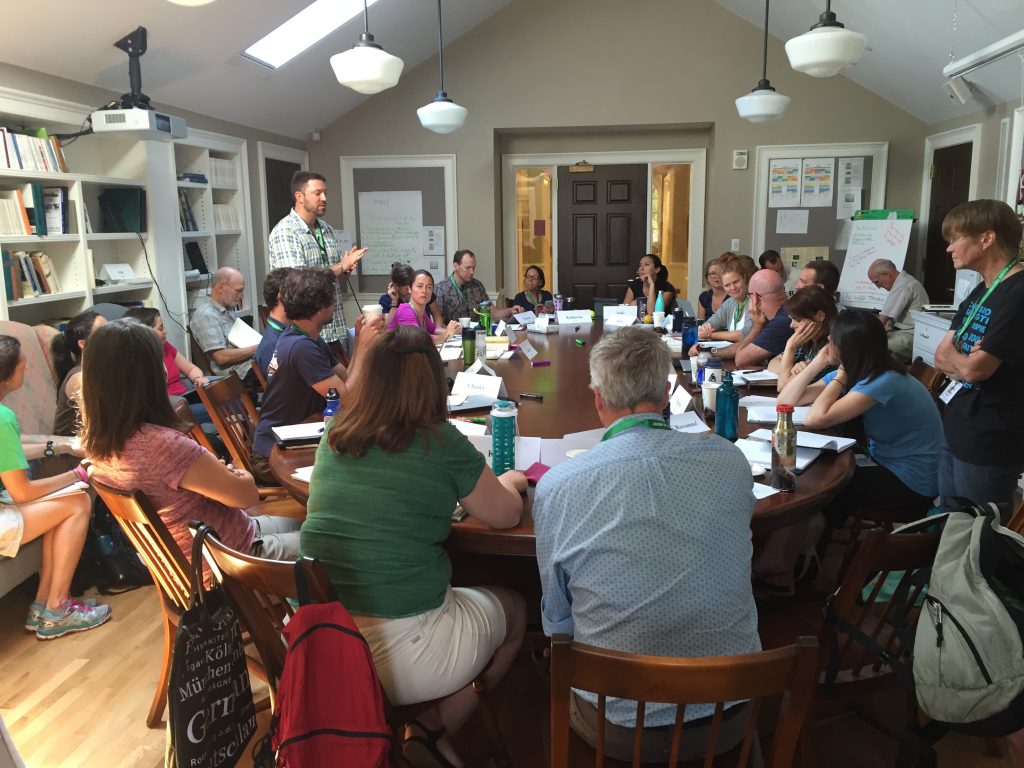
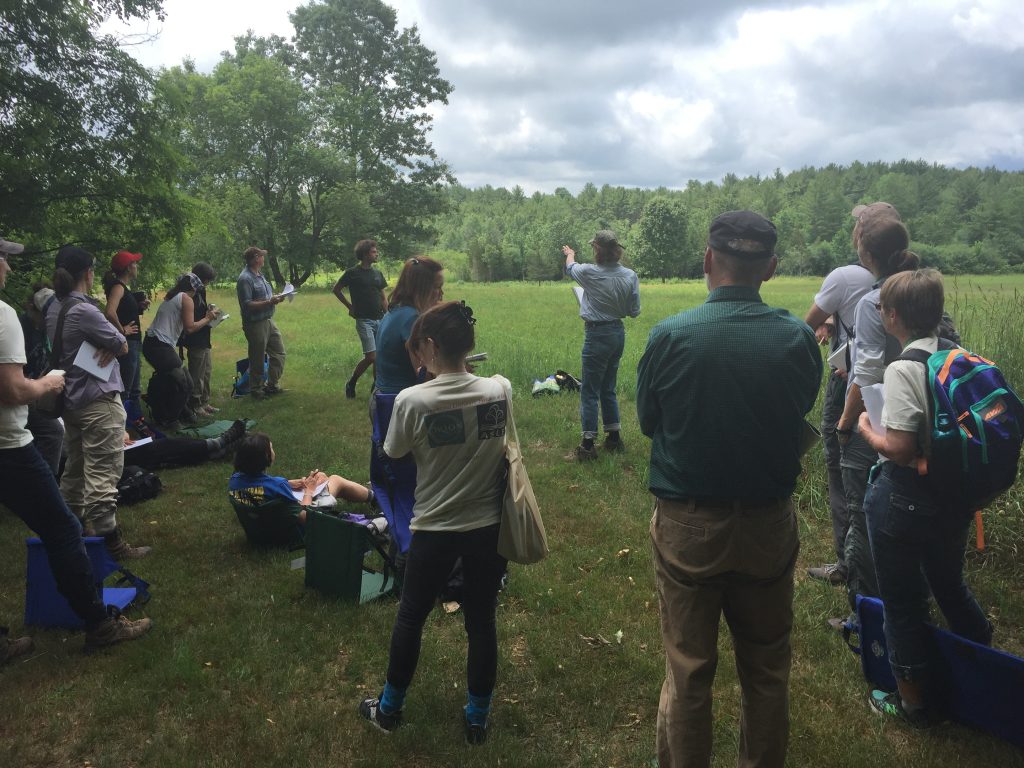
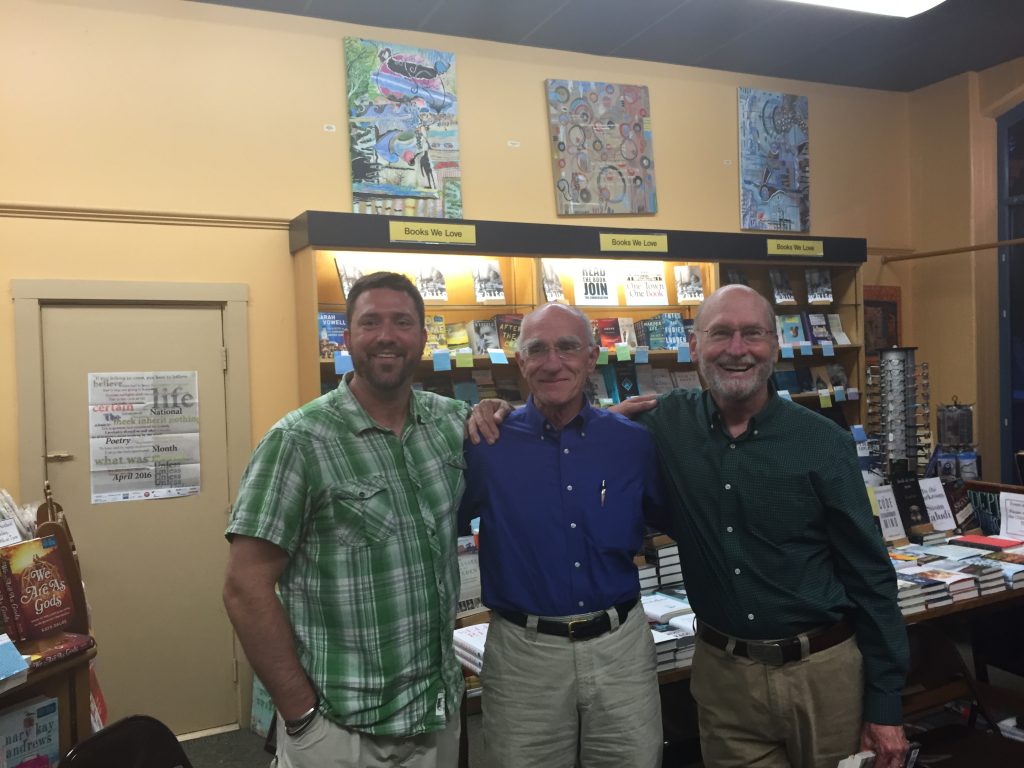

![Panel Discussion[DoPy] (9)](http://thefarfield.org/wp-content/uploads/2014/11/panel-discussiondopy-9.jpg?w=1250&h=842)
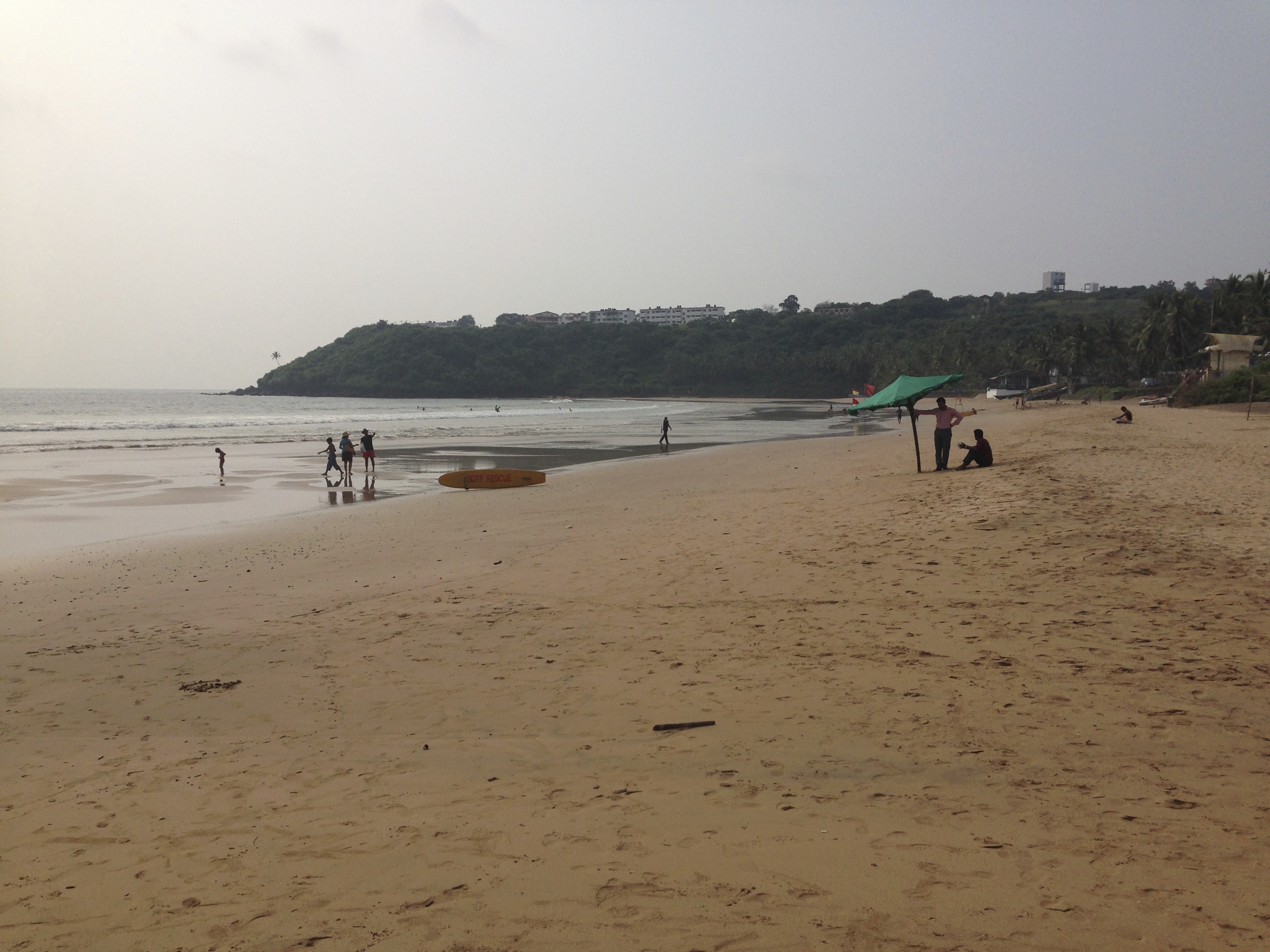
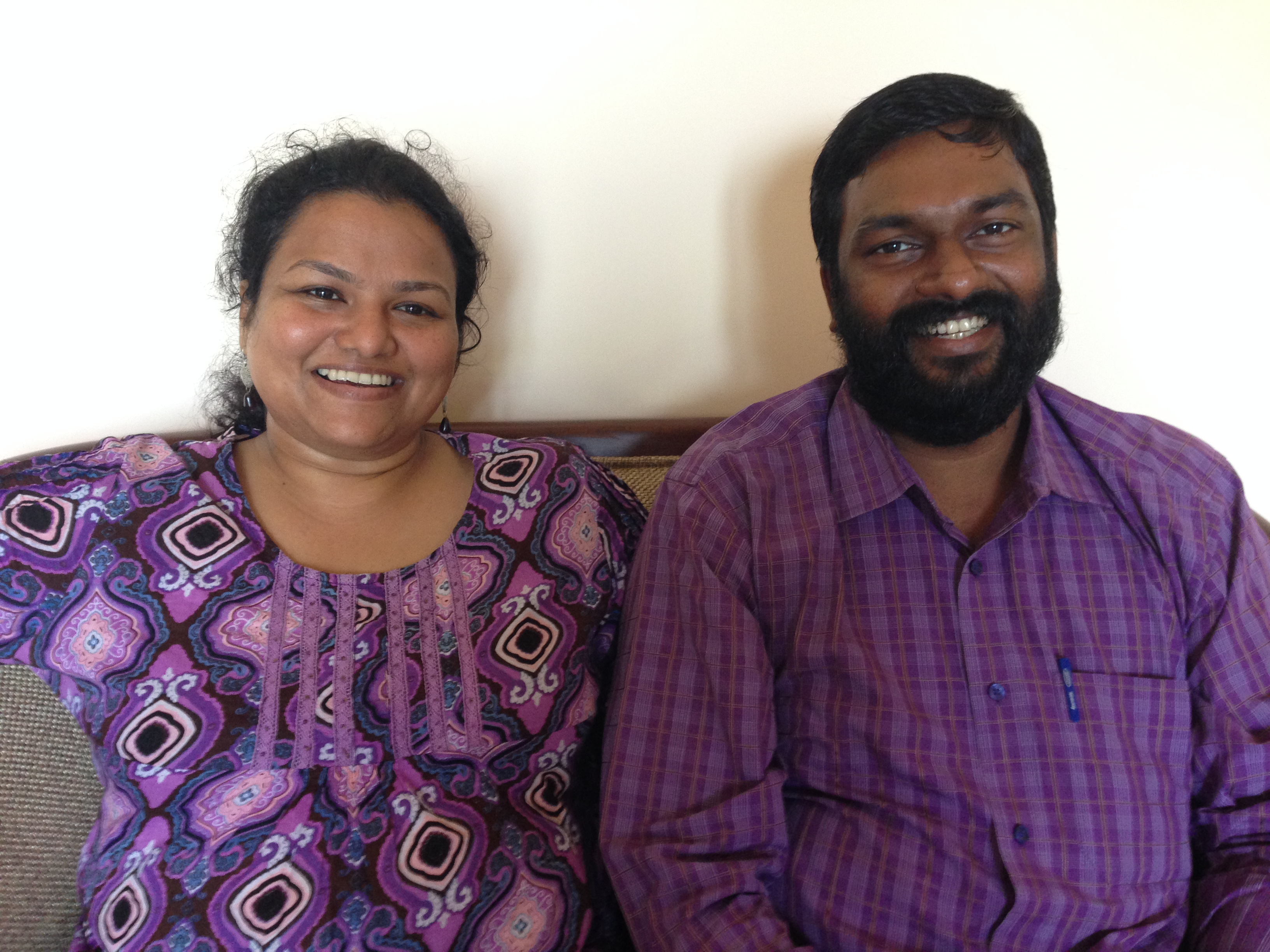
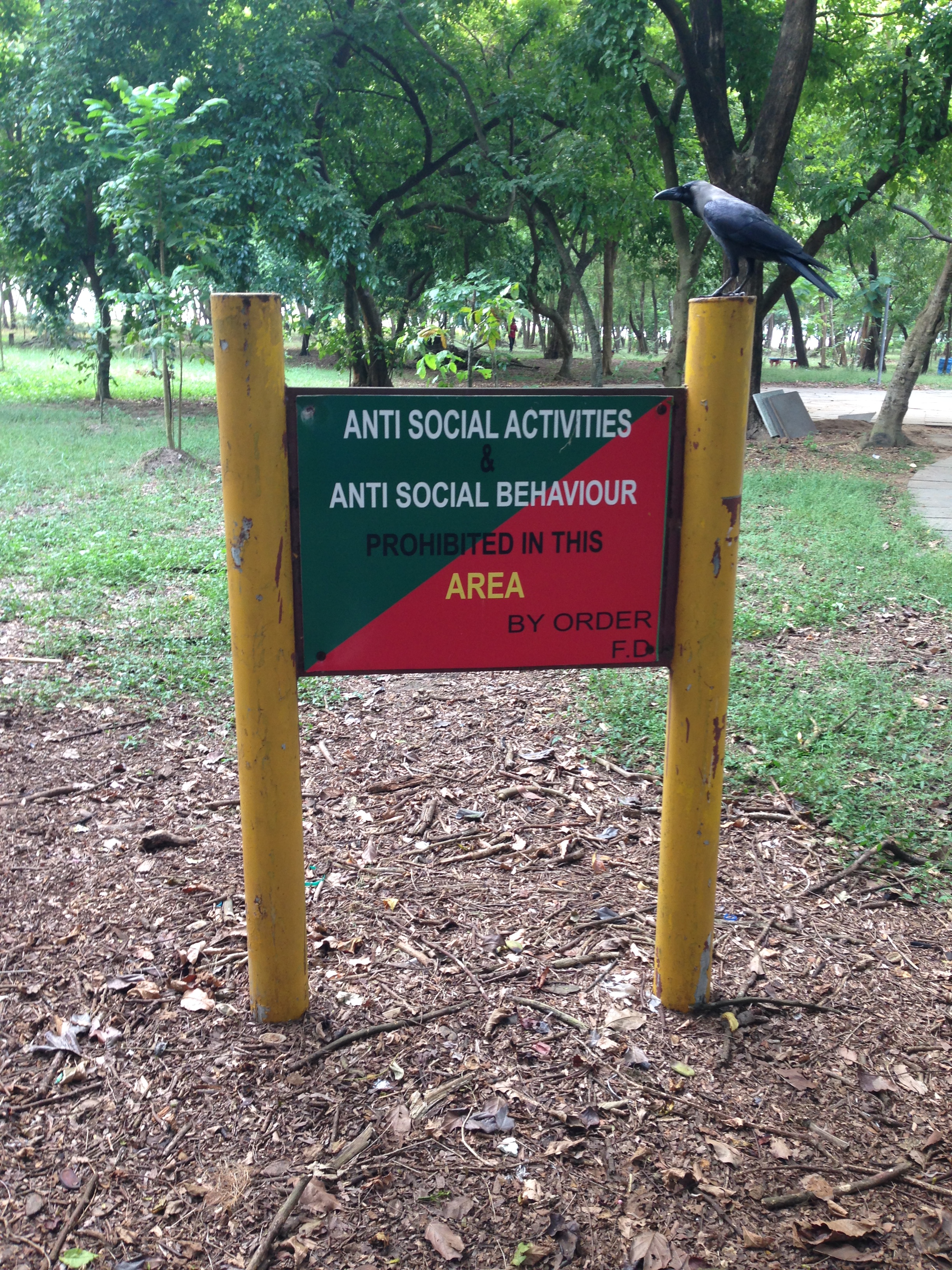
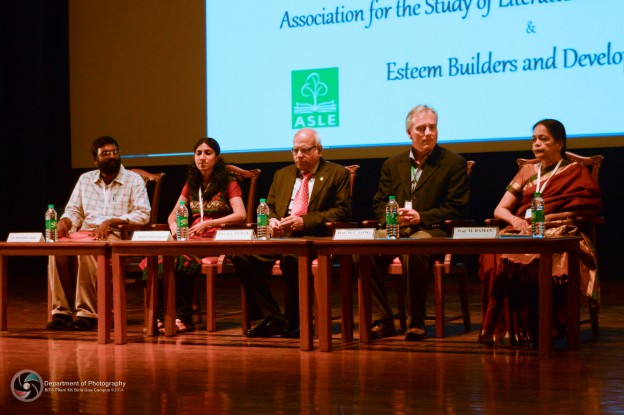
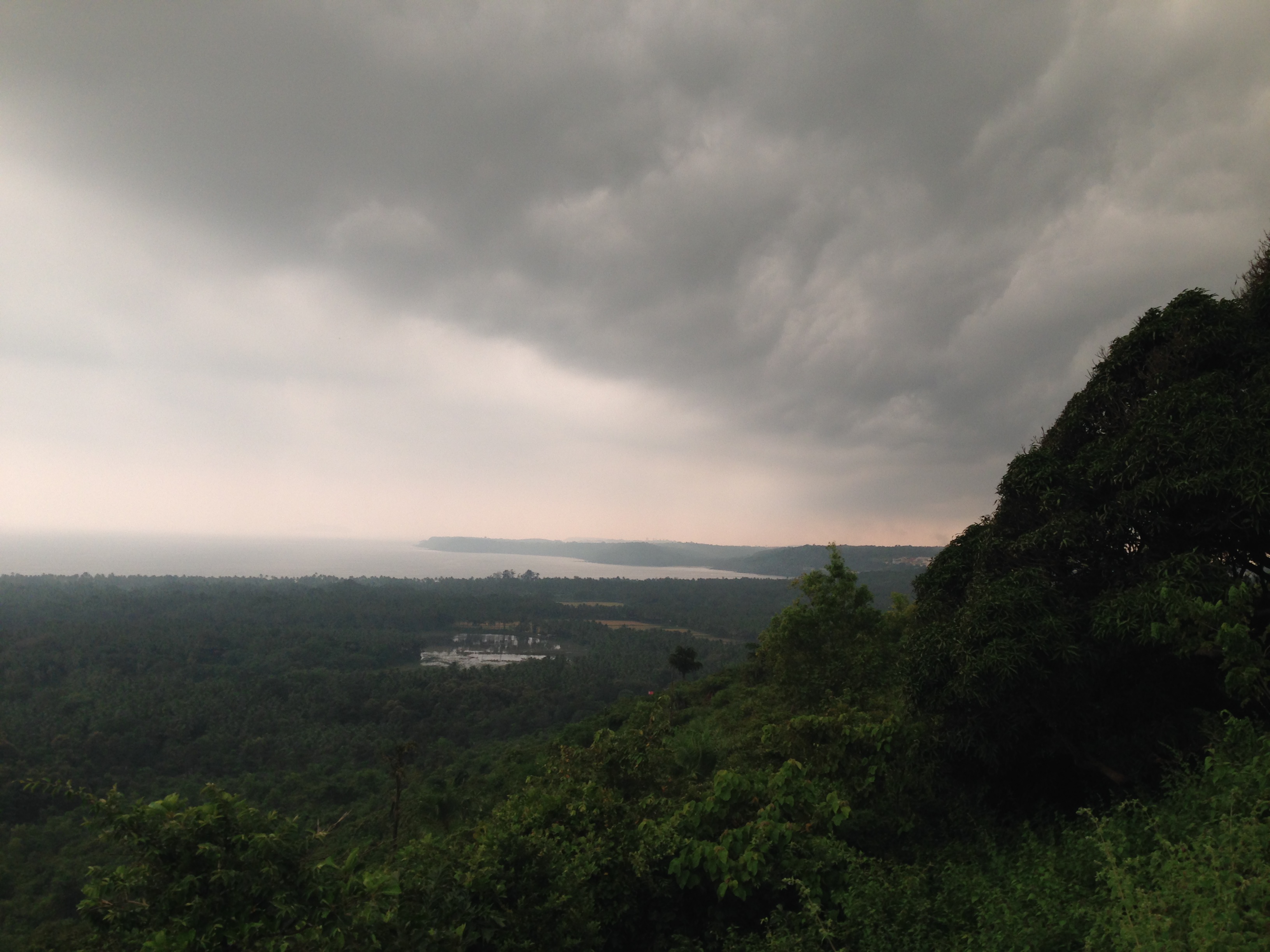
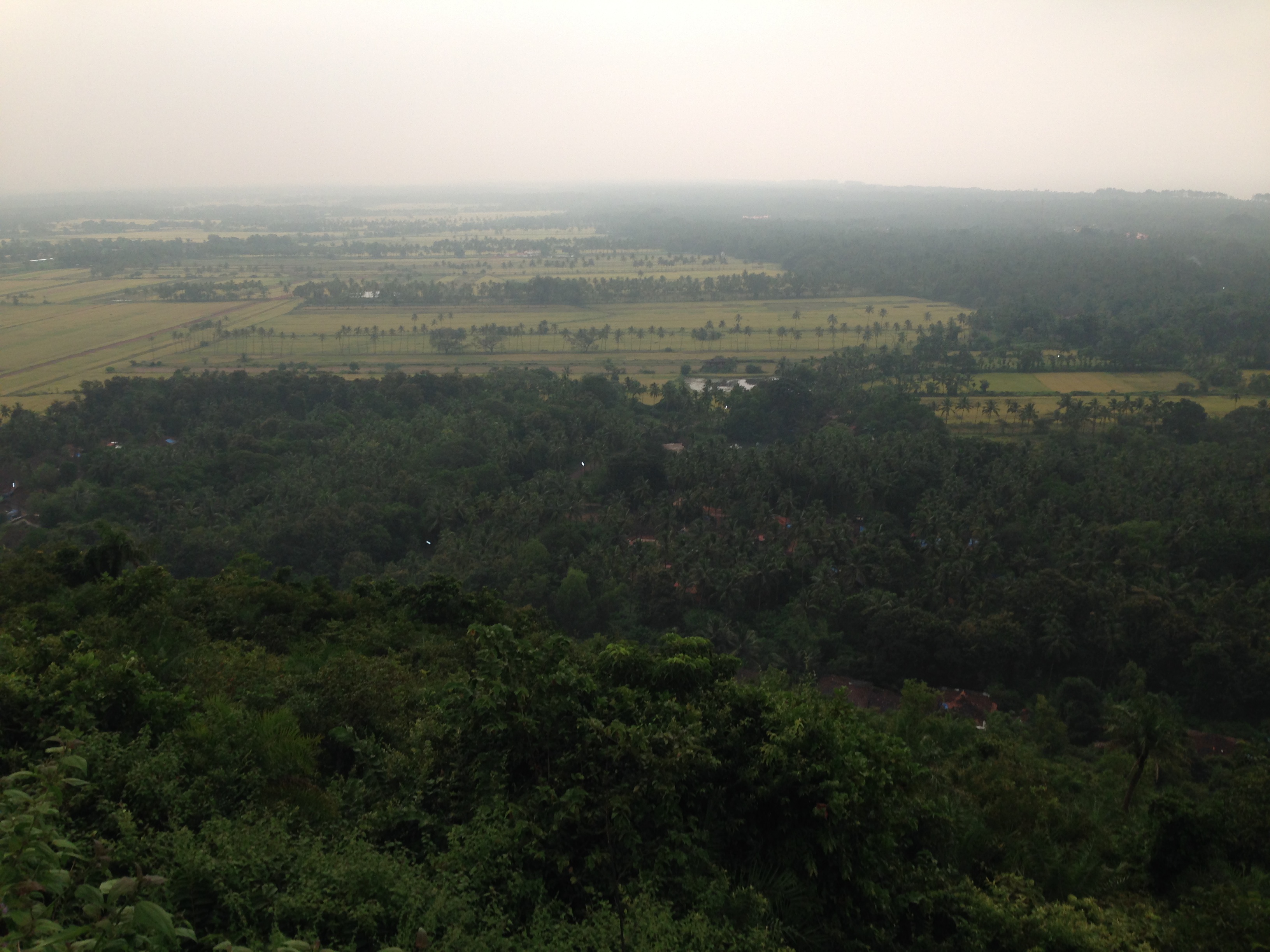
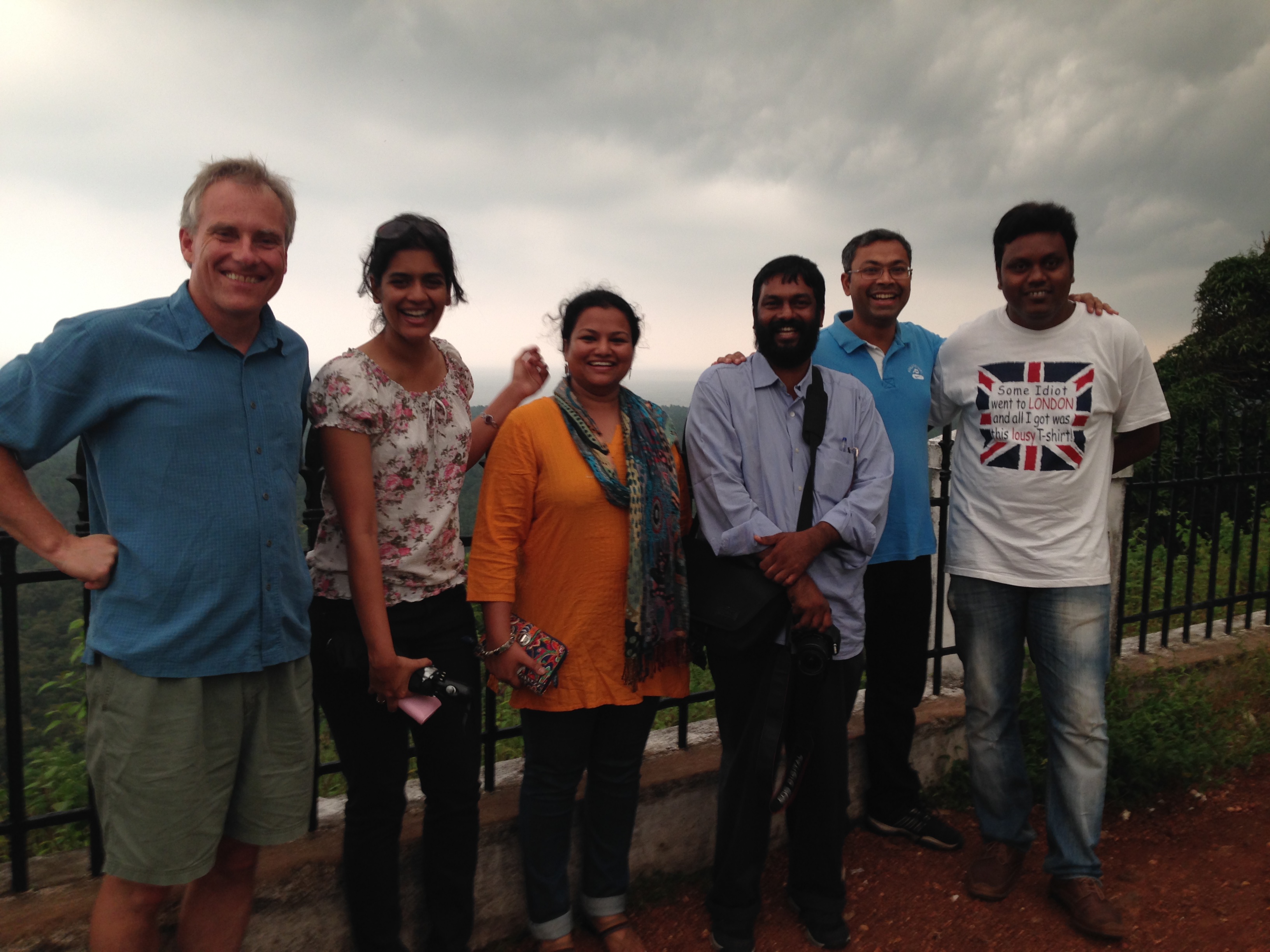
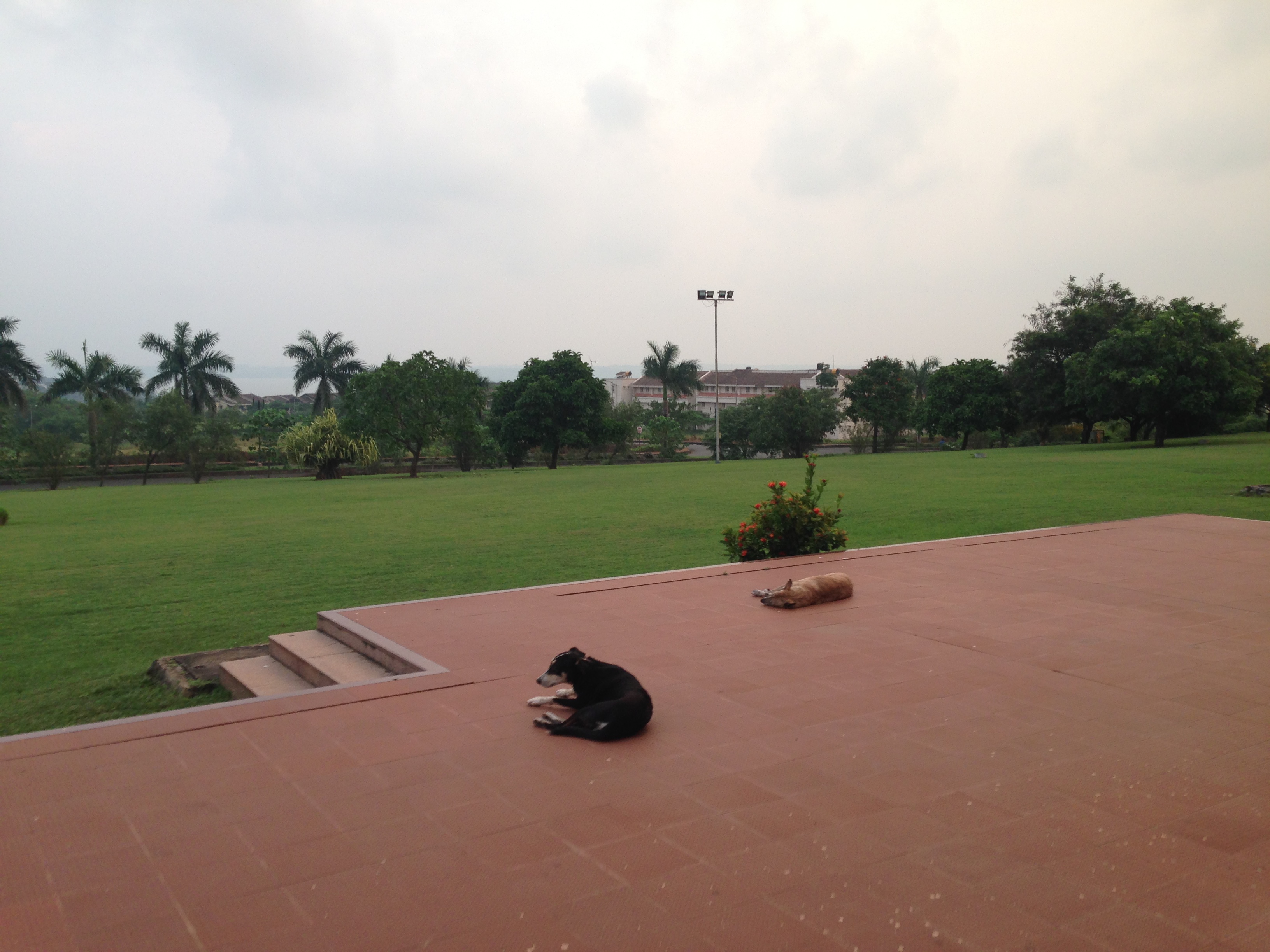
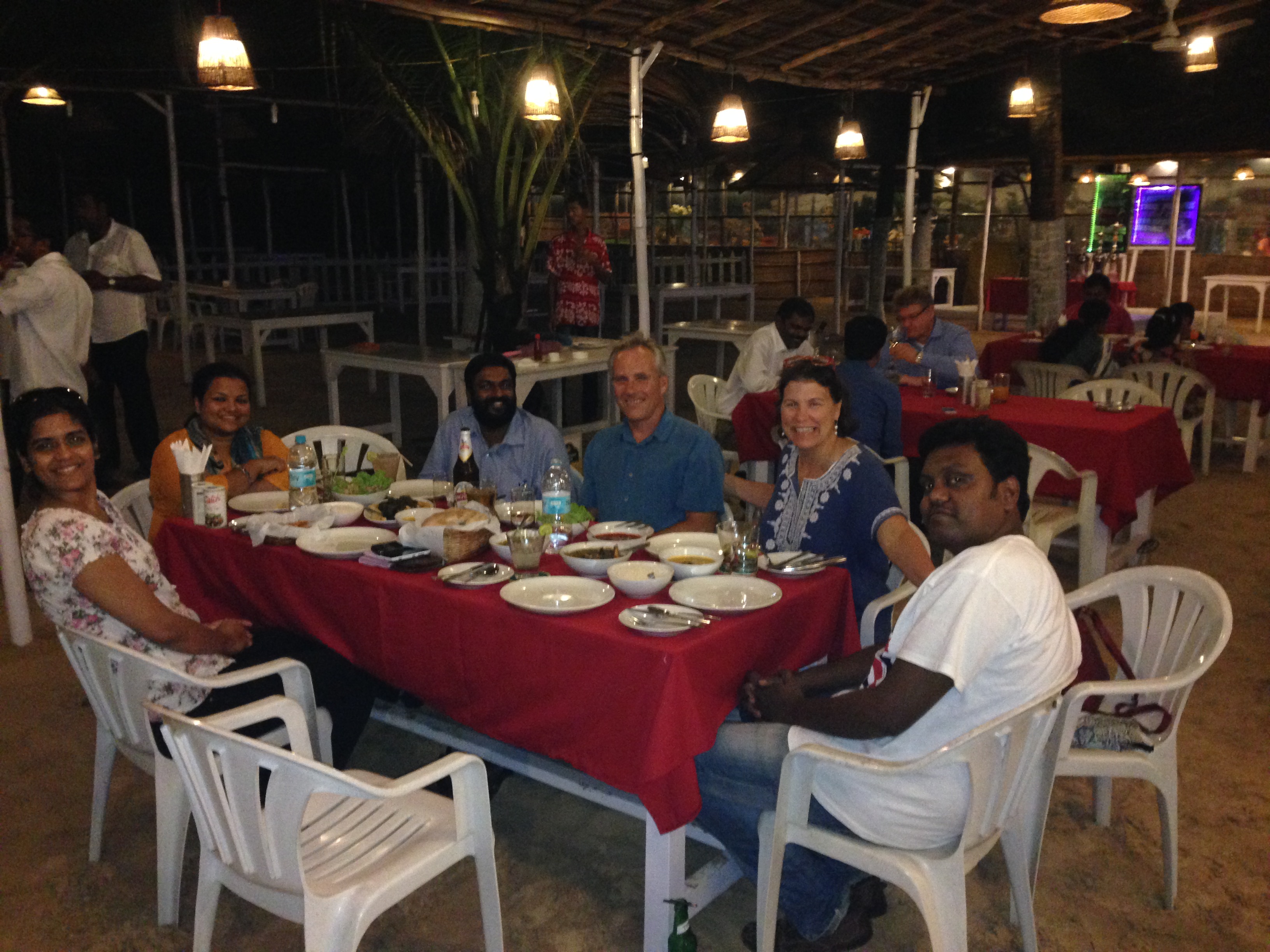
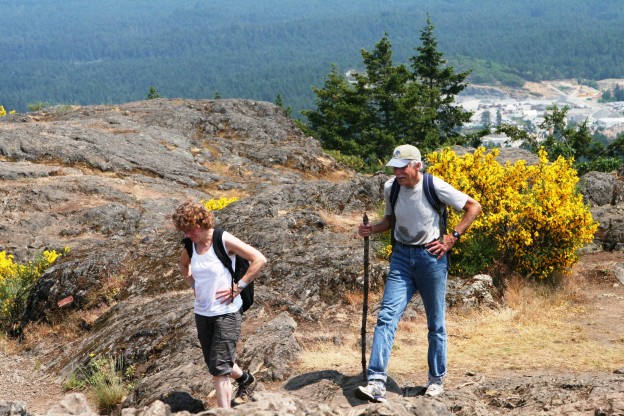
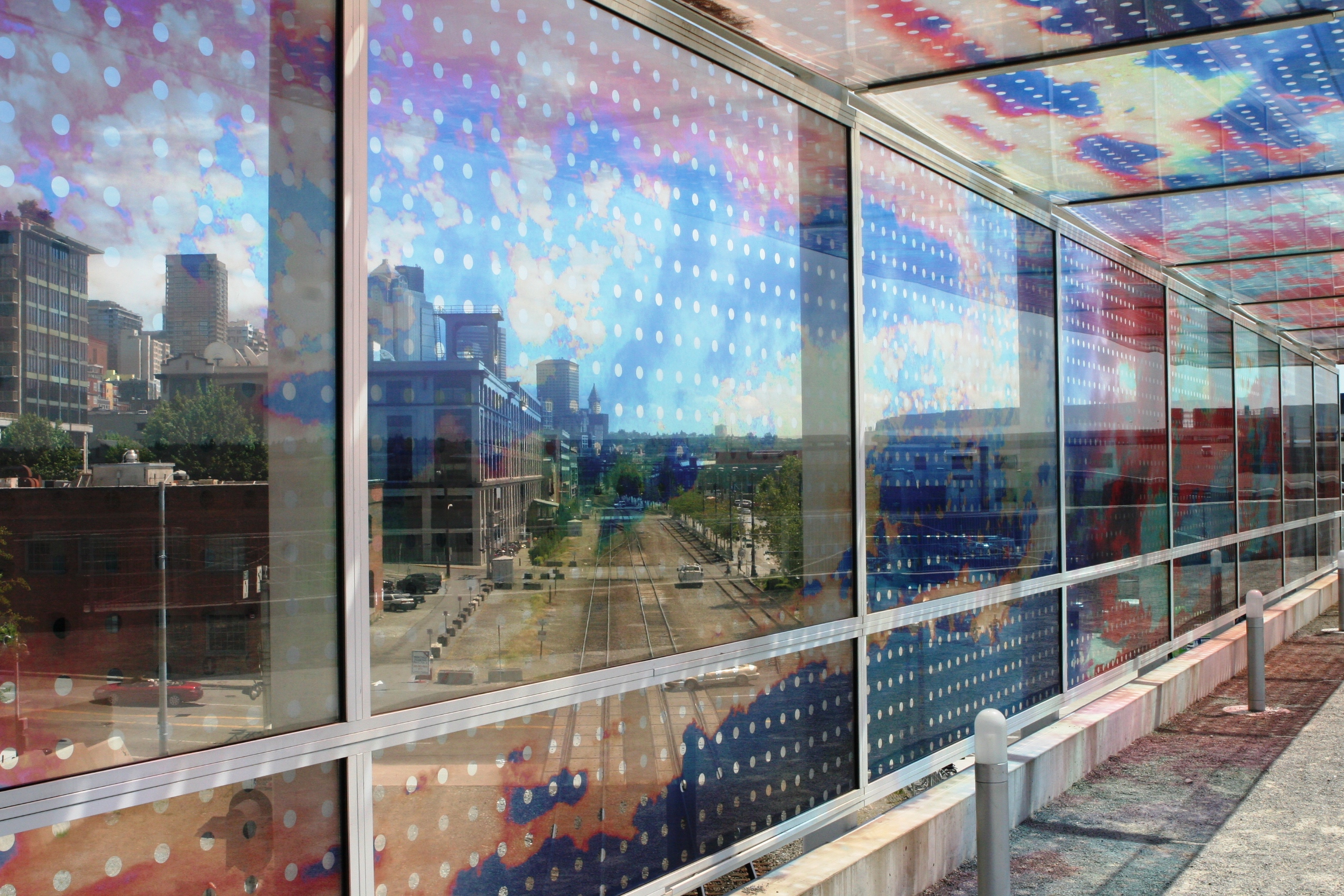
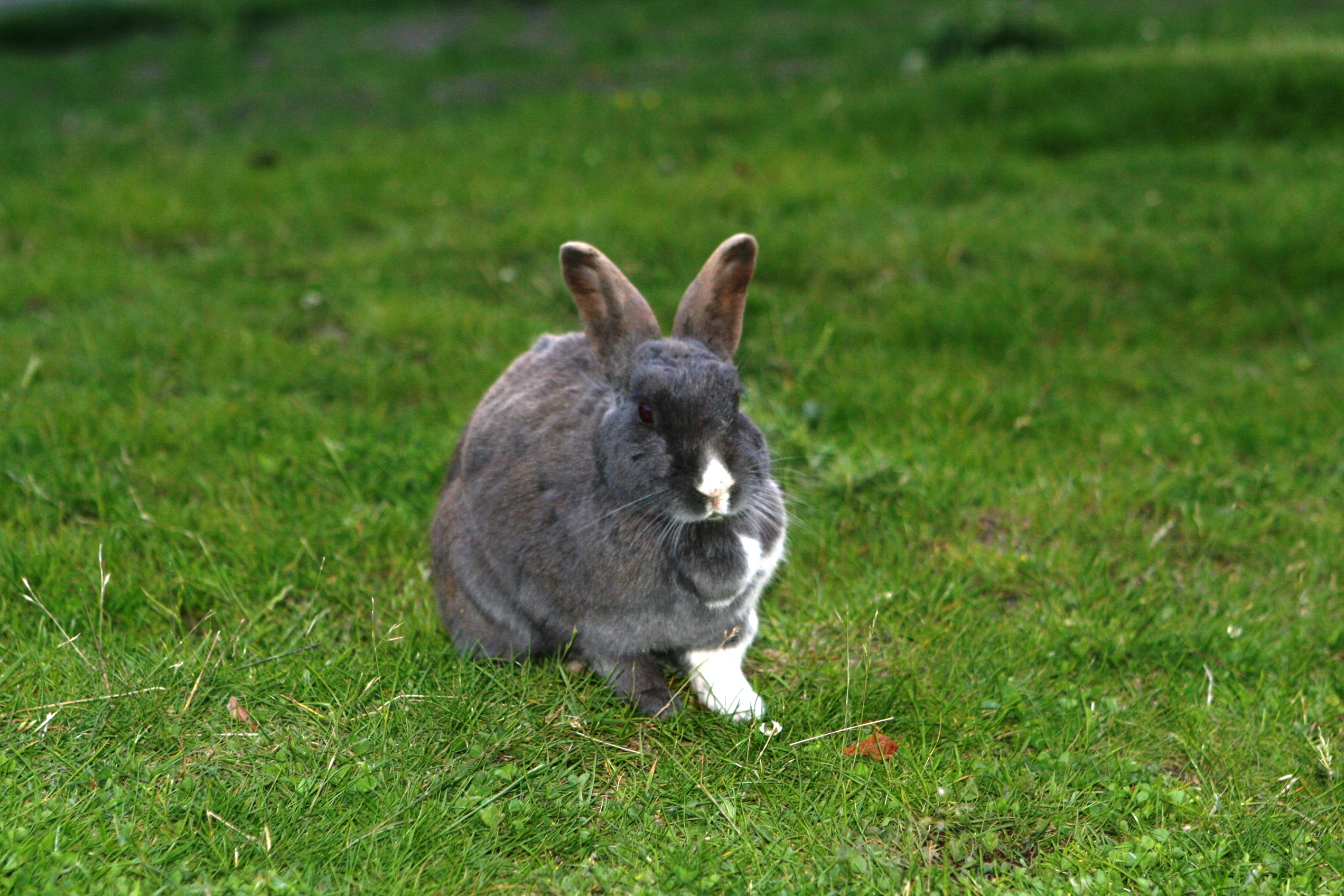
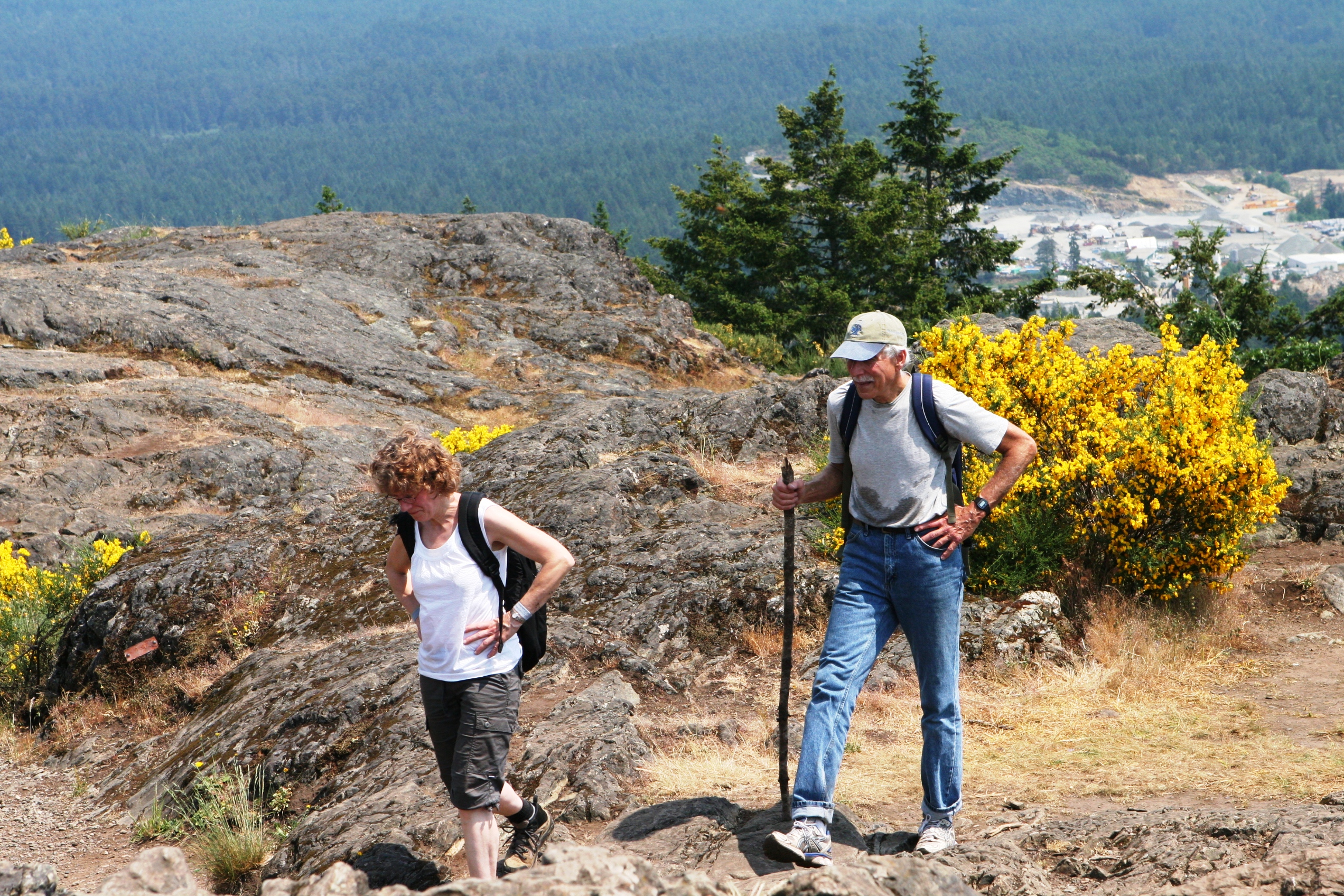
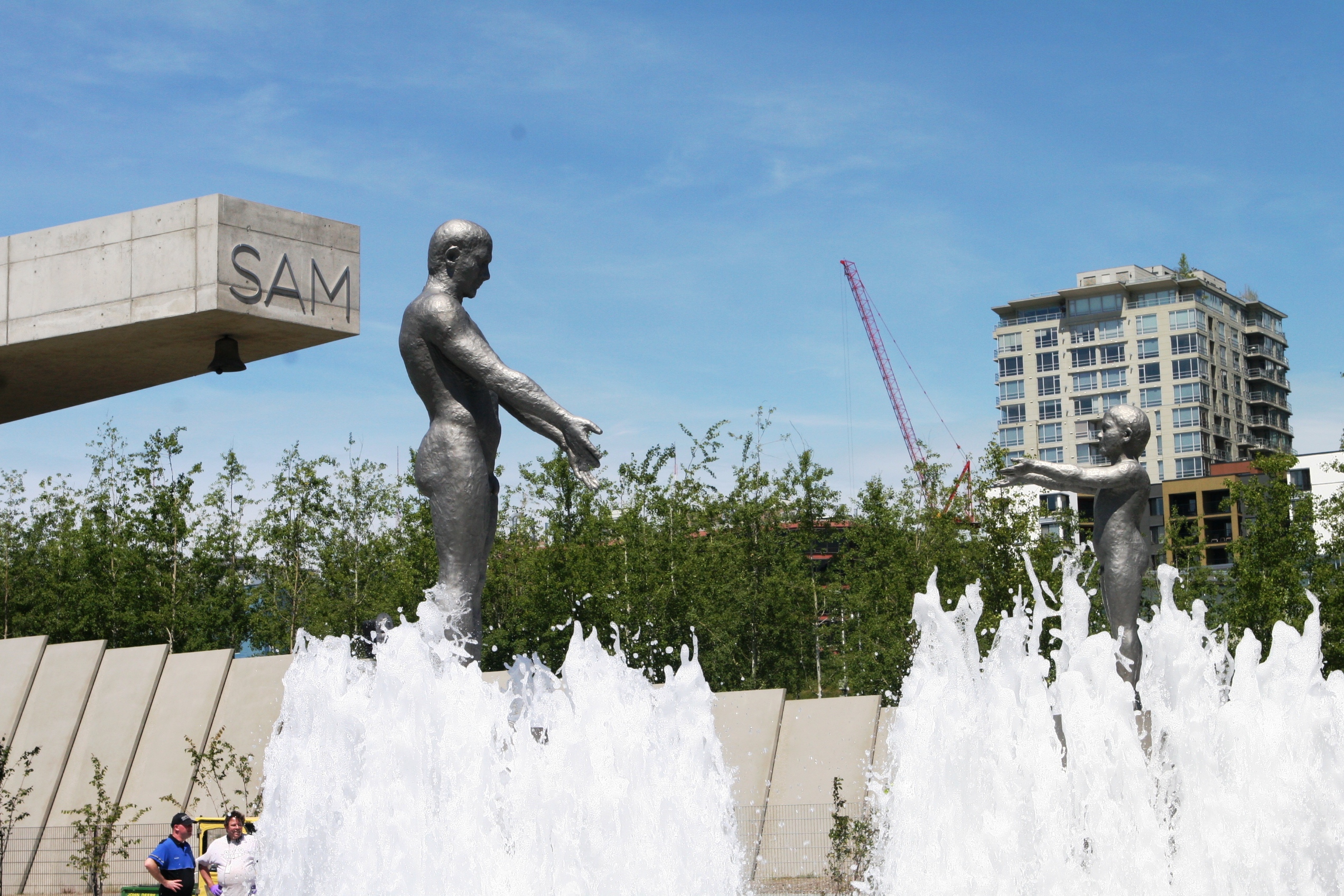
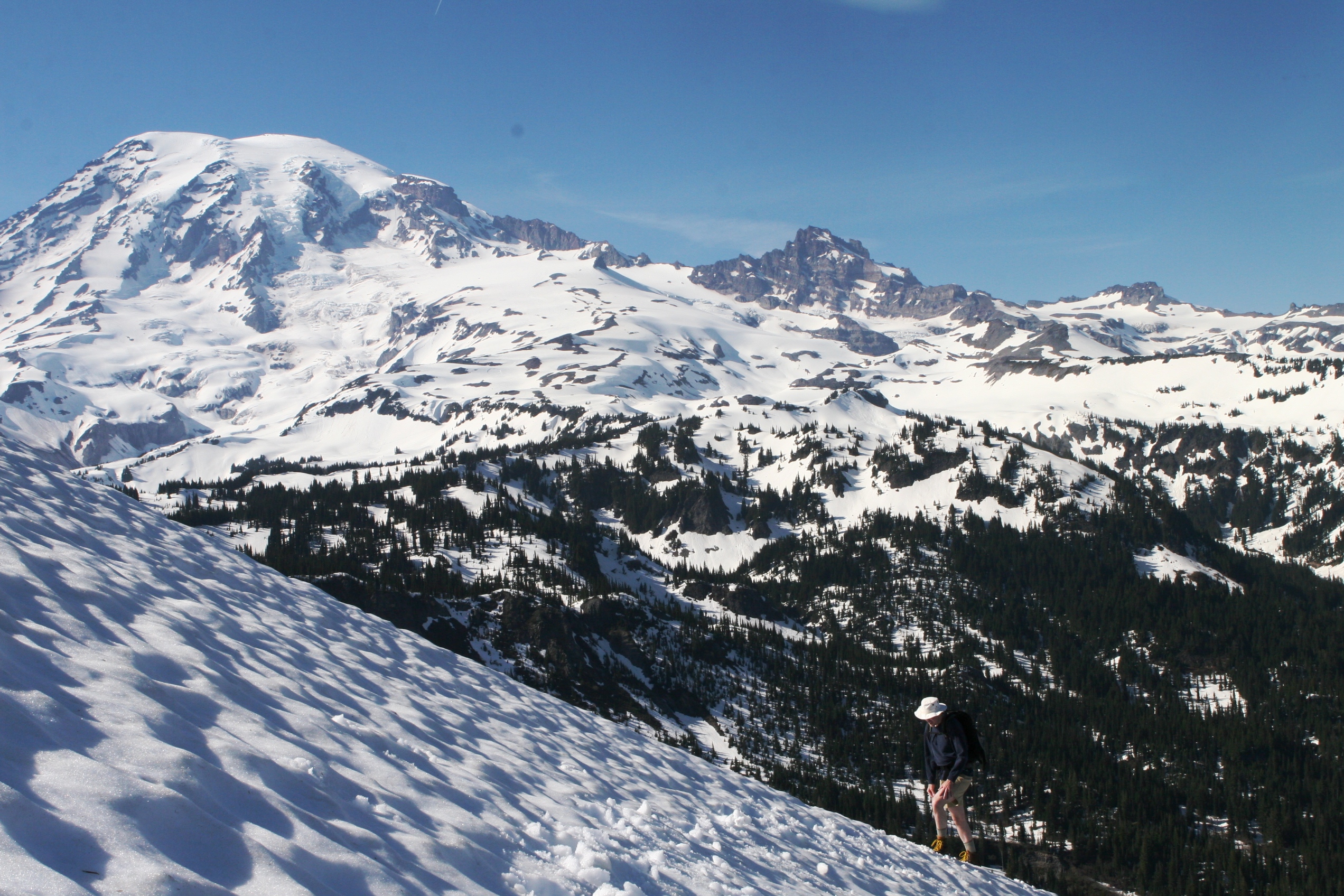
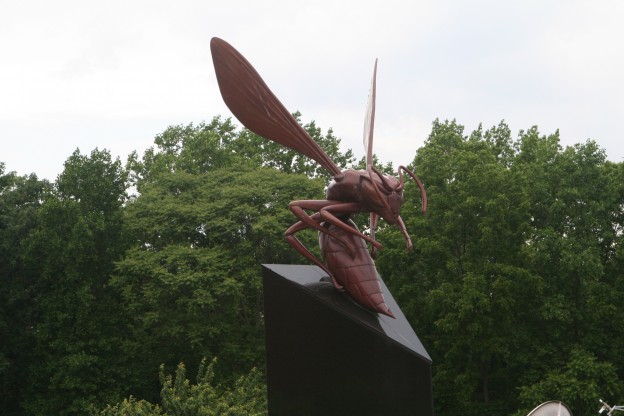
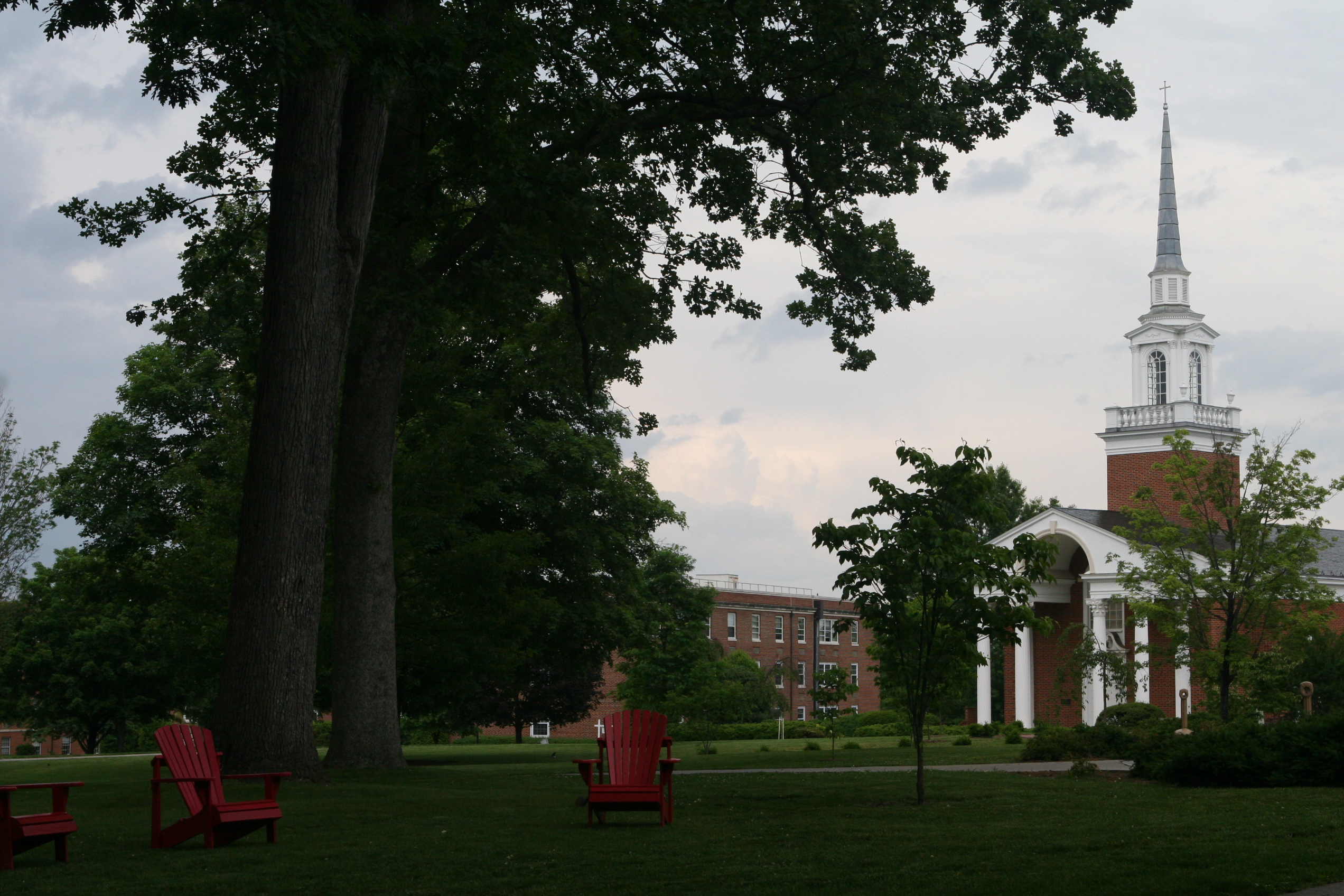
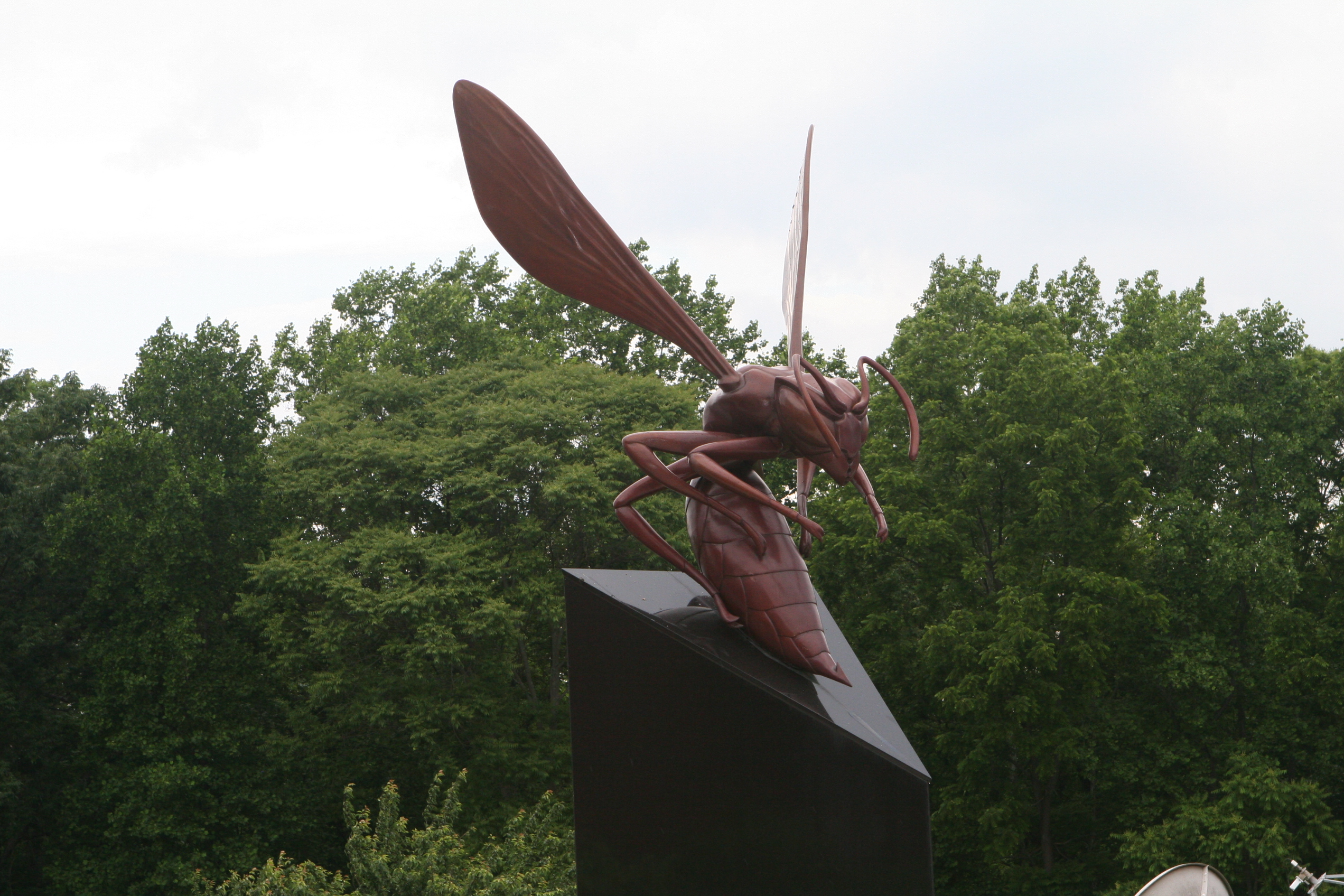
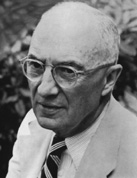 I began writing about American poetry with two peer-reviewed journal articles: one on the poet Denise Levertov and one on William Carlos Williams. In 2004, my work on Williams continued with “Ideas as Forms of Beauty: William Carlos Williams’s Paterson and A. R. Ammons’s Tape for the Turn of Year,” an essay that appeared in the book Rigor of Beauty: Essays in Commemoration of William Carlos Williams. More recently, my work in American poetry and poetics has contributed to the emerging field of ecopoetry. My essay “William Carlos Williams, Ecocriticism, and Contemporary American Poetry” appeared in the book Ecological Poetry: A Critical Introduction. Two additional essays were published this fall: a 10,000 word overview of the life and writing of A. R. Ammons, commissioned by the Dictionary of Literary Biography, and a 10,000 word critical history of the relationship between poetry and ecology that appeared in a multi-volume anthology entitled Reading in Contemporary America. In addition, since 2003, I’ve published shorter reference entries on the American poets William Carlos Williams, Theodore Roethke, Mary Oliver, W. S. Merwin, Gary Snyder, and Denise Levertov. I also regularly review new books of American poetry for ISLE: Interdisciplinary Studies in Literature and Environment. My most recent review is Mary Oliver’s book of poetry Thirst.
I began writing about American poetry with two peer-reviewed journal articles: one on the poet Denise Levertov and one on William Carlos Williams. In 2004, my work on Williams continued with “Ideas as Forms of Beauty: William Carlos Williams’s Paterson and A. R. Ammons’s Tape for the Turn of Year,” an essay that appeared in the book Rigor of Beauty: Essays in Commemoration of William Carlos Williams. More recently, my work in American poetry and poetics has contributed to the emerging field of ecopoetry. My essay “William Carlos Williams, Ecocriticism, and Contemporary American Poetry” appeared in the book Ecological Poetry: A Critical Introduction. Two additional essays were published this fall: a 10,000 word overview of the life and writing of A. R. Ammons, commissioned by the Dictionary of Literary Biography, and a 10,000 word critical history of the relationship between poetry and ecology that appeared in a multi-volume anthology entitled Reading in Contemporary America. In addition, since 2003, I’ve published shorter reference entries on the American poets William Carlos Williams, Theodore Roethke, Mary Oliver, W. S. Merwin, Gary Snyder, and Denise Levertov. I also regularly review new books of American poetry for ISLE: Interdisciplinary Studies in Literature and Environment. My most recent review is Mary Oliver’s book of poetry Thirst.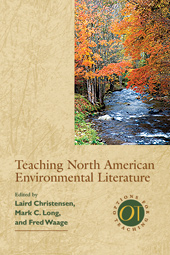 Four years of work with co-editors Laird Christensen and Fred Waage has resulted in the publication of Teaching North American Environmental Literature (MLA 2008). Our book provides a center of access to the range of pedagogical possibilities for teaching environmental literature. The collection includes over thirty contributors and features essays on the environmental literatures of Canada as well as Mexican and Mexican-American environmental literature. The book includes a section for further reading, “Resources for Teaching Environmental Literature: A Selective Guide.” Before my last promotion I published the essay “Education and Environmental Literacy: Teaching Ecocomposition in Keene State College’s Environmental House” that appeared in Ecocomposition: Theoretical and Pedagogical Approaches. This publication has led to a series of publications on environmental writers and ecocriticism. In 2004 I published a 12,000 word entry on John McPhee in Dictionary of Literary Biography: Twentieth-Century Nature Writers: Prose. My essay “Ecocriticism and the Practice of Reading” appeared in the fall of 2006 special issue of the journal Reader: Essays in Reader-Oriented Theory, Criticism, and Pedagogy that I guest edited. Reader is a semiannual publication that generates discussion on reader-response theory, criticism, and pedagogy. My essay, and the special issue, is focused around the relationship between reading and ecological thinking.
Four years of work with co-editors Laird Christensen and Fred Waage has resulted in the publication of Teaching North American Environmental Literature (MLA 2008). Our book provides a center of access to the range of pedagogical possibilities for teaching environmental literature. The collection includes over thirty contributors and features essays on the environmental literatures of Canada as well as Mexican and Mexican-American environmental literature. The book includes a section for further reading, “Resources for Teaching Environmental Literature: A Selective Guide.” Before my last promotion I published the essay “Education and Environmental Literacy: Teaching Ecocomposition in Keene State College’s Environmental House” that appeared in Ecocomposition: Theoretical and Pedagogical Approaches. This publication has led to a series of publications on environmental writers and ecocriticism. In 2004 I published a 12,000 word entry on John McPhee in Dictionary of Literary Biography: Twentieth-Century Nature Writers: Prose. My essay “Ecocriticism and the Practice of Reading” appeared in the fall of 2006 special issue of the journal Reader: Essays in Reader-Oriented Theory, Criticism, and Pedagogy that I guest edited. Reader is a semiannual publication that generates discussion on reader-response theory, criticism, and pedagogy. My essay, and the special issue, is focused around the relationship between reading and ecological thinking.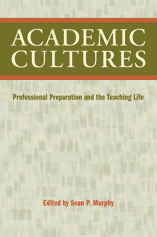 For over ten years I have been writing about the profession of English. As a graduate student, while co-directing the Expository Writing Program at the University of Washington, I co-wrote and published the essay “Graduate Students, Professional Development Programs, and the Future(s) of English Studies” in the journal WPA: Writing Program Administration. Since arriving at Keene State College, my work in this area has focused on the intellectual work of English in particular institutional sites. In 2004, a Keene State College Faculty Development Pool Grant enabled me to travel to the Association of the Departments of English (ADE) Summer Seminar to broaden my perspective as a scholar interested in the profession of English. Moreover, serving for three years as a member (and for one year as Chair) of the MLA Committee on Academic Freedom and Professional Rights and Responsibilities (CAFPRR) furthered my understanding of the general conditions of the field of English studies and the professional lives of teachers and scholars. My subsequent inquiry into graduate training, the professional identity of faculty, and the small college department has been disseminated in a series of publications, book reviews and conference presentations. In 2005 I was invited to write a featured “Commentary” on the small college department, that I titled “Where Do You Teach?”, for the fall 2005 issue of the journal Pedagogy: Critical Approaches to Teaching Literature, Language, Composition, and Culture. And my essay “Reading, Writing and Teaching in Context,” appeared in the book Academic Cultures: Professional Preparation and the Teaching Life (MLA 2008). This essay takes as its subject the representation of faculty work in terms of research and teaching as separate activities. My argument is that this pervasive subplot in the narrative of the profession is rooted in a representation of faculty work that transcends the local institution and the ways that departments and institutions define intellectual work.
For over ten years I have been writing about the profession of English. As a graduate student, while co-directing the Expository Writing Program at the University of Washington, I co-wrote and published the essay “Graduate Students, Professional Development Programs, and the Future(s) of English Studies” in the journal WPA: Writing Program Administration. Since arriving at Keene State College, my work in this area has focused on the intellectual work of English in particular institutional sites. In 2004, a Keene State College Faculty Development Pool Grant enabled me to travel to the Association of the Departments of English (ADE) Summer Seminar to broaden my perspective as a scholar interested in the profession of English. Moreover, serving for three years as a member (and for one year as Chair) of the MLA Committee on Academic Freedom and Professional Rights and Responsibilities (CAFPRR) furthered my understanding of the general conditions of the field of English studies and the professional lives of teachers and scholars. My subsequent inquiry into graduate training, the professional identity of faculty, and the small college department has been disseminated in a series of publications, book reviews and conference presentations. In 2005 I was invited to write a featured “Commentary” on the small college department, that I titled “Where Do You Teach?”, for the fall 2005 issue of the journal Pedagogy: Critical Approaches to Teaching Literature, Language, Composition, and Culture. And my essay “Reading, Writing and Teaching in Context,” appeared in the book Academic Cultures: Professional Preparation and the Teaching Life (MLA 2008). This essay takes as its subject the representation of faculty work in terms of research and teaching as separate activities. My argument is that this pervasive subplot in the narrative of the profession is rooted in a representation of faculty work that transcends the local institution and the ways that departments and institutions define intellectual work.